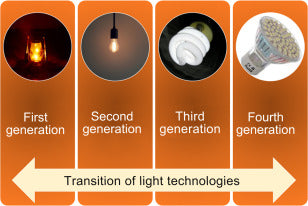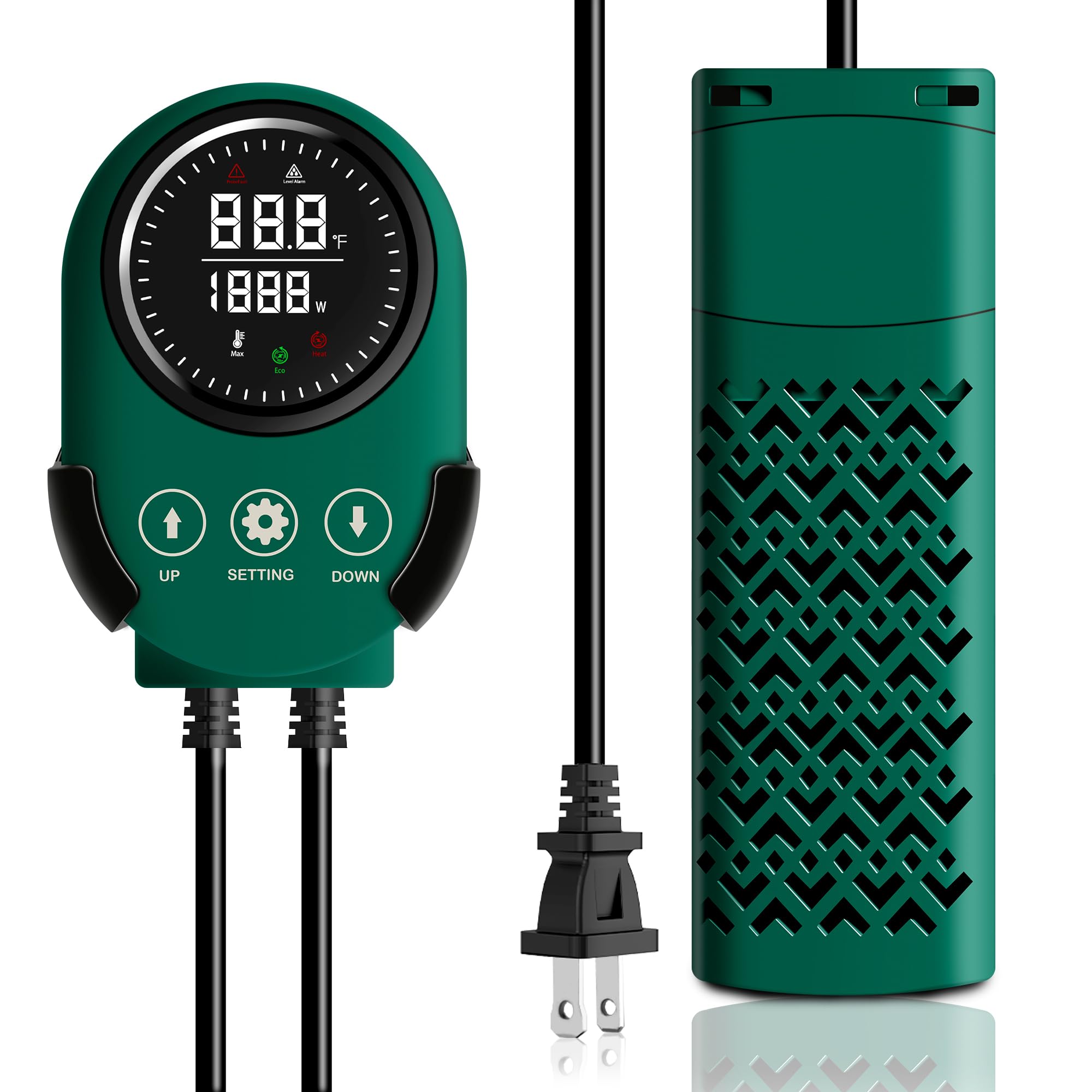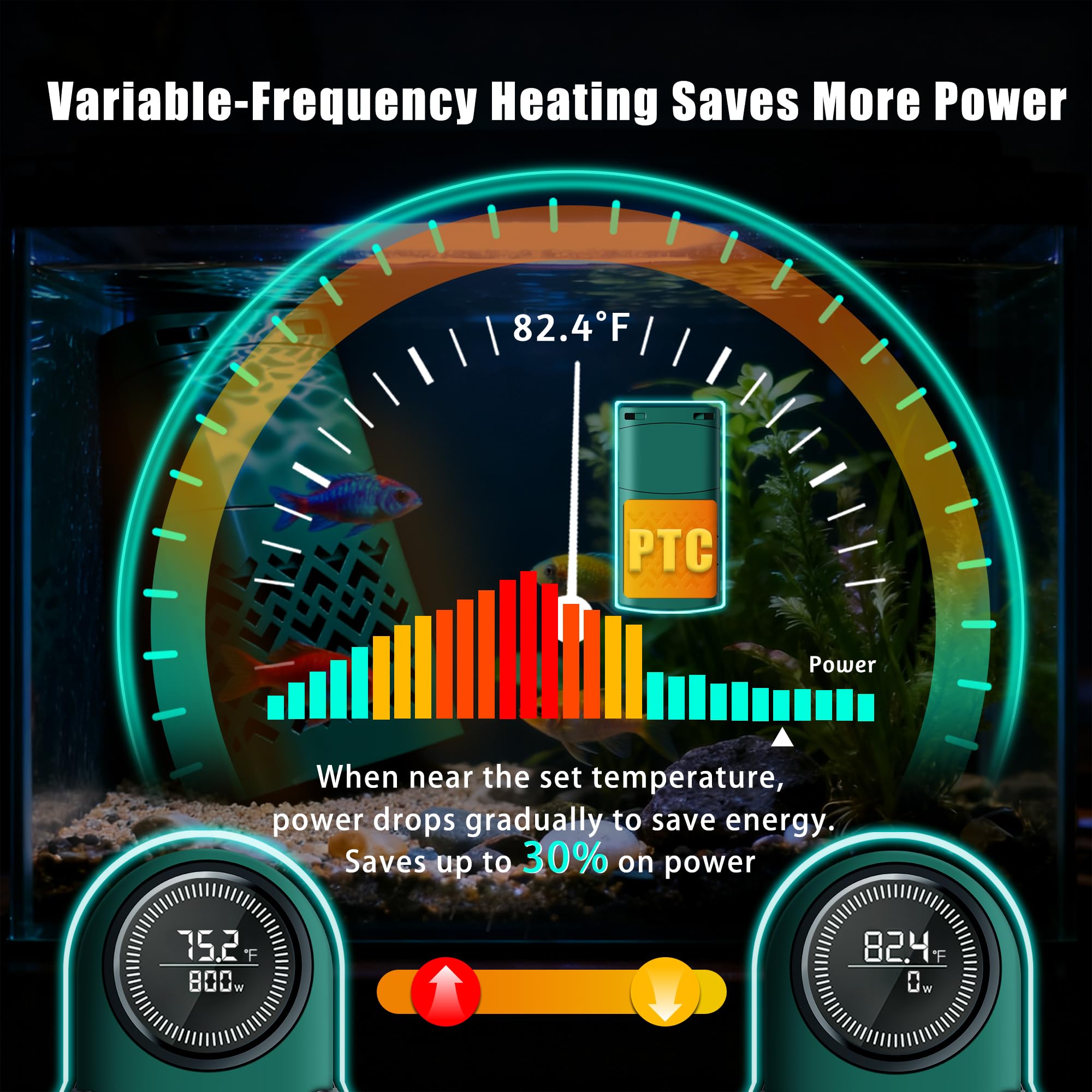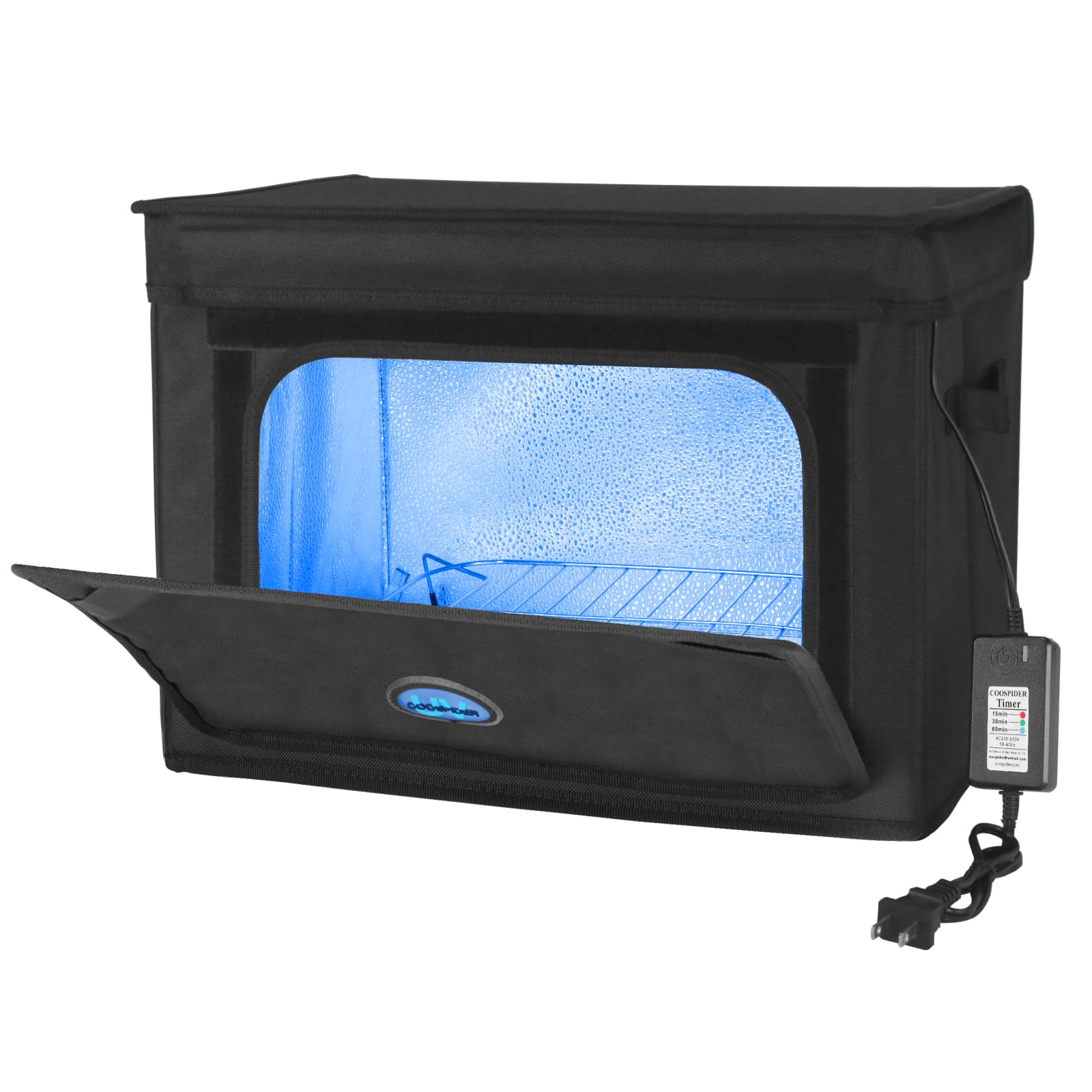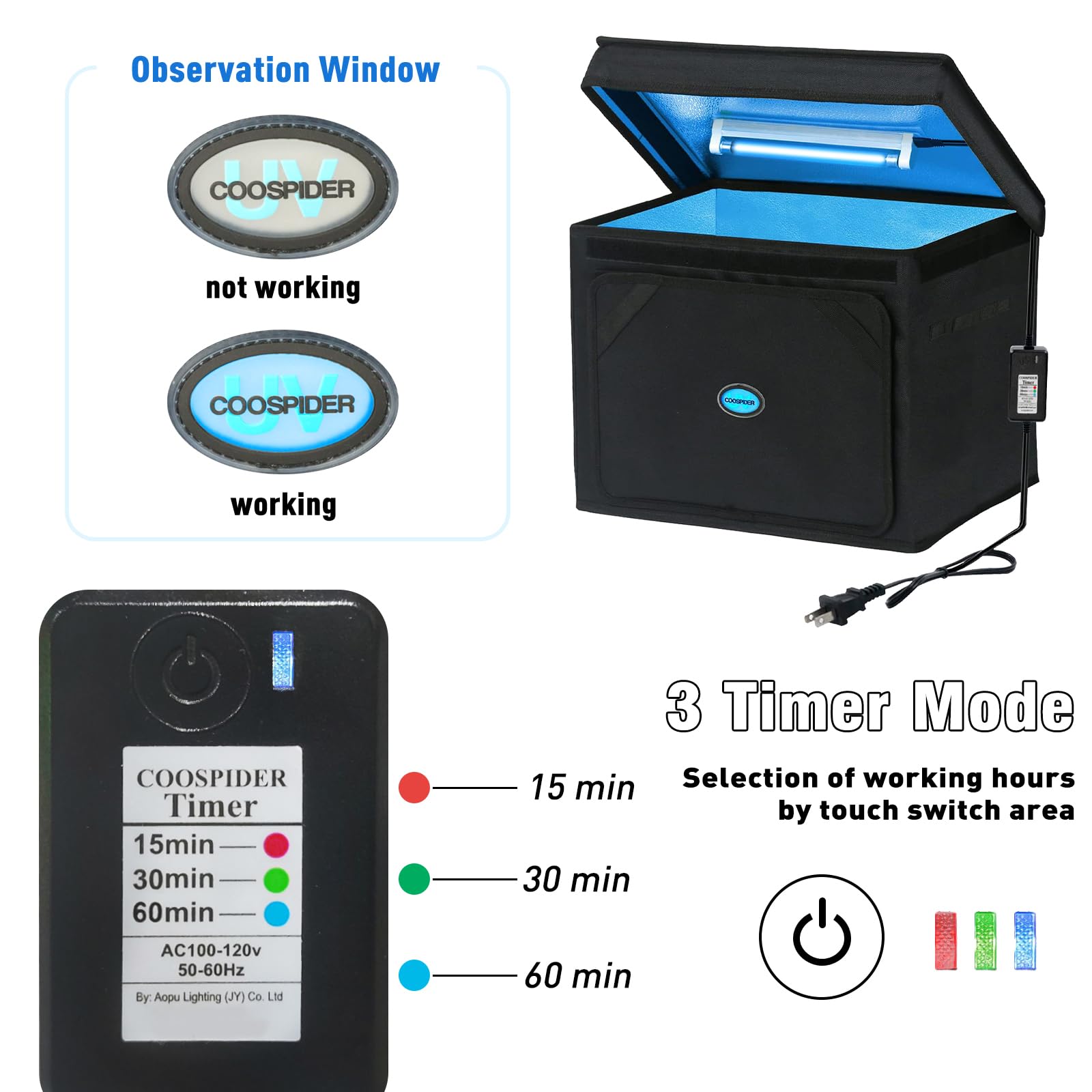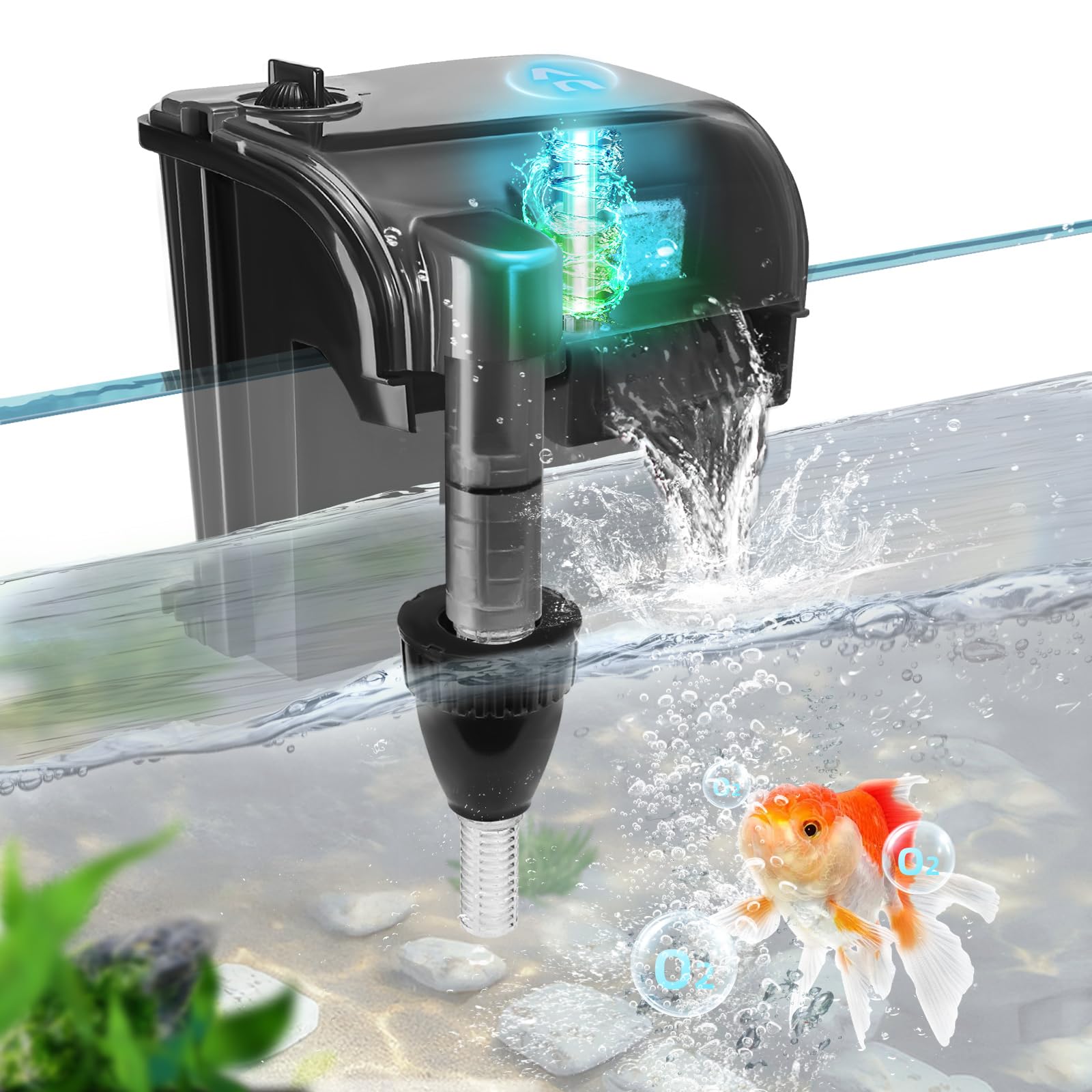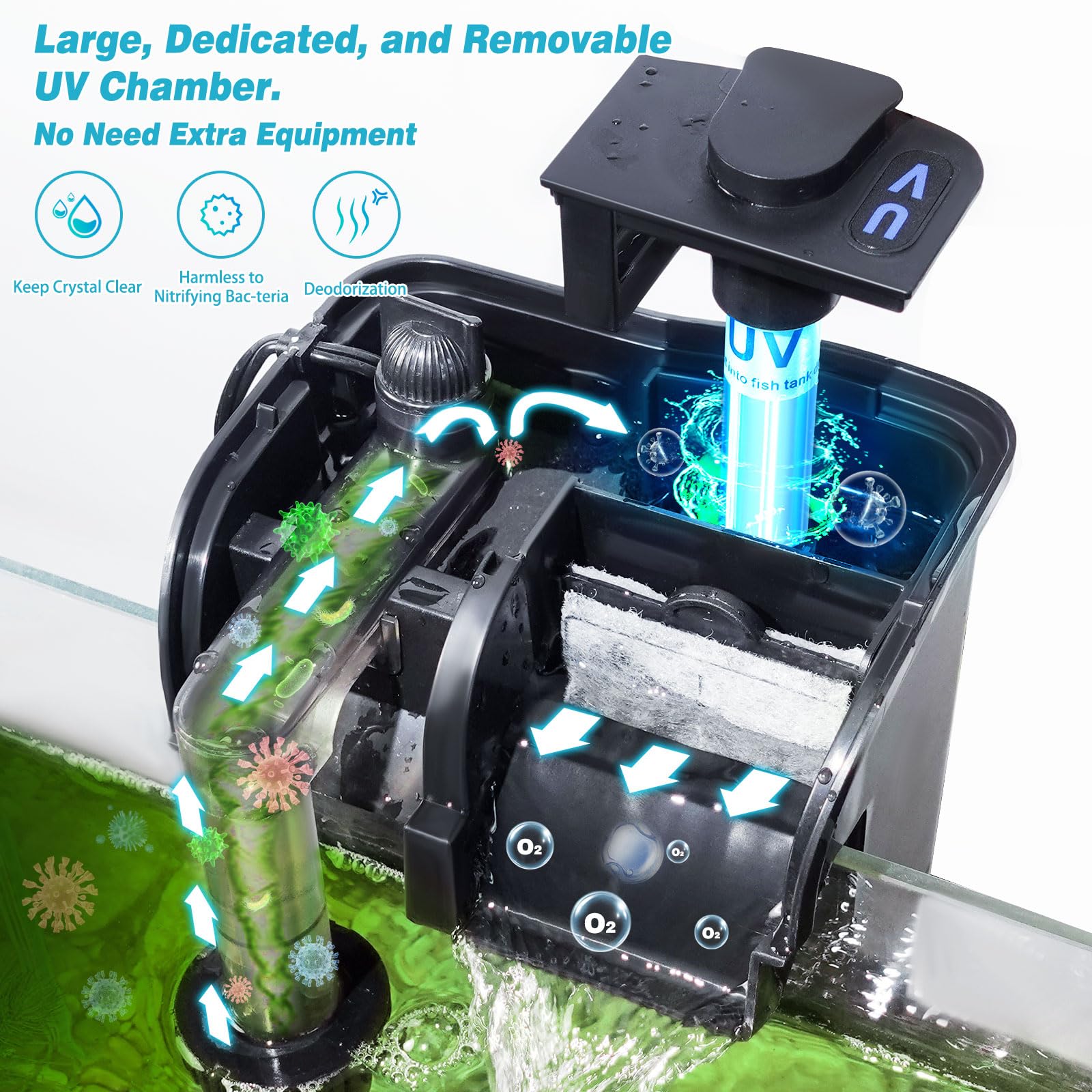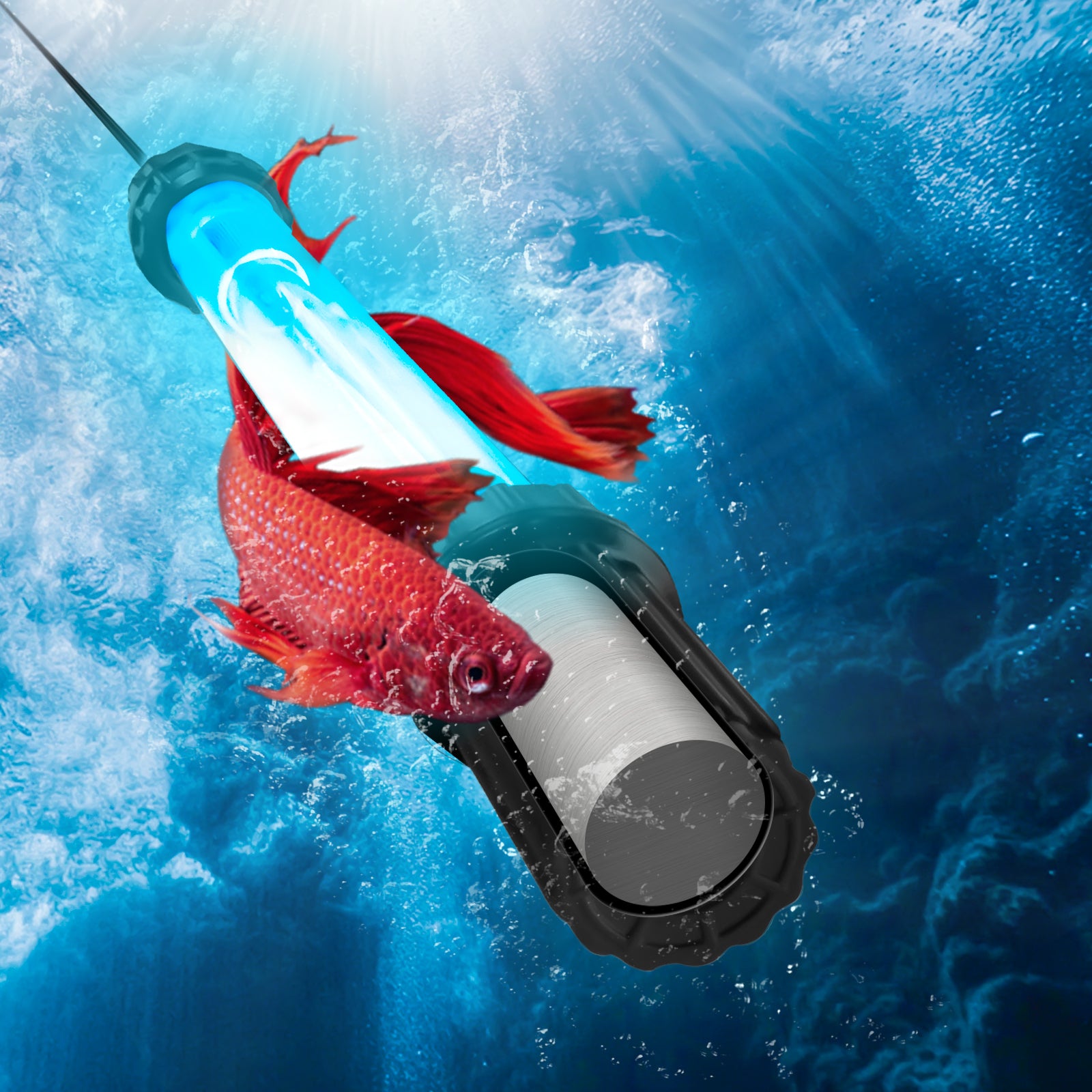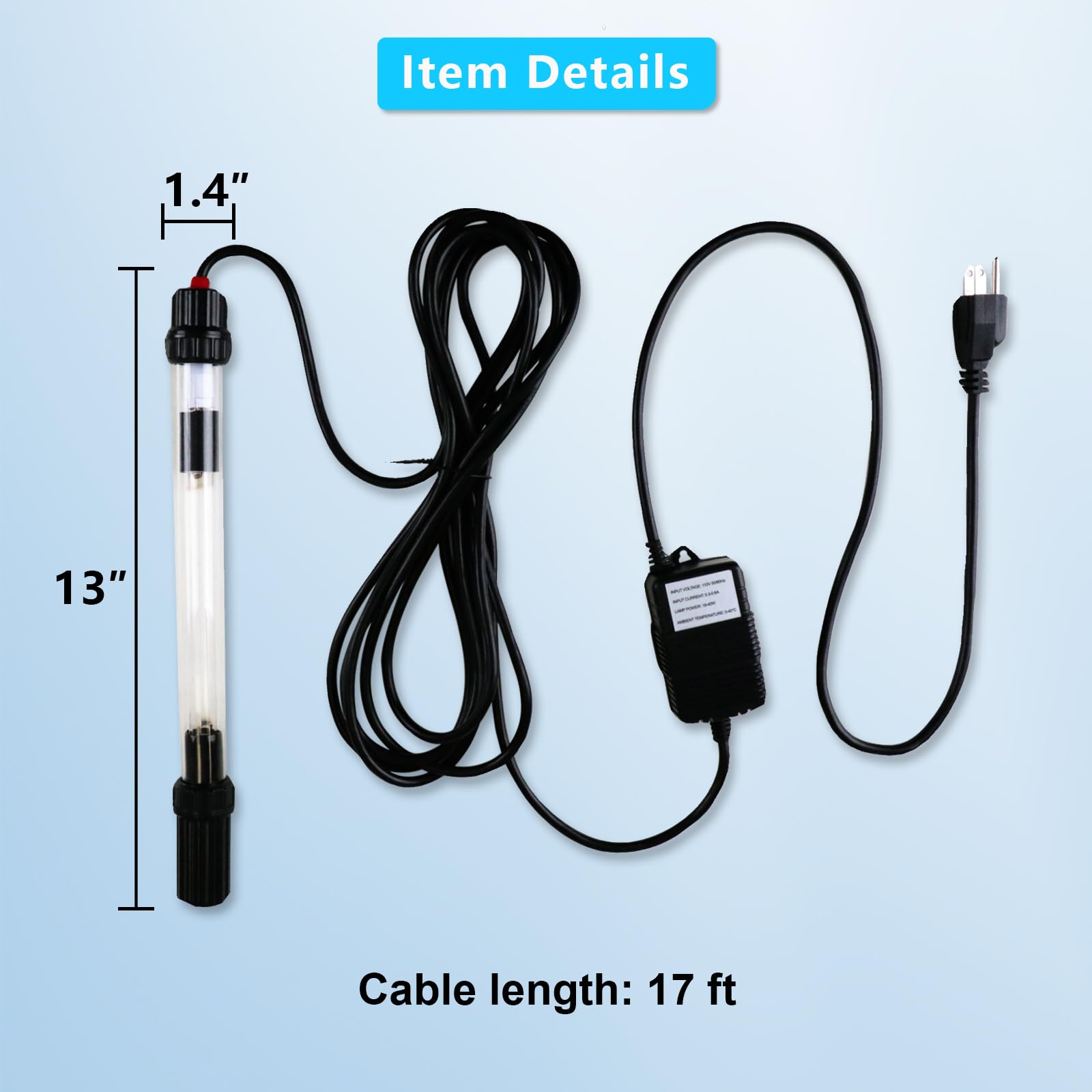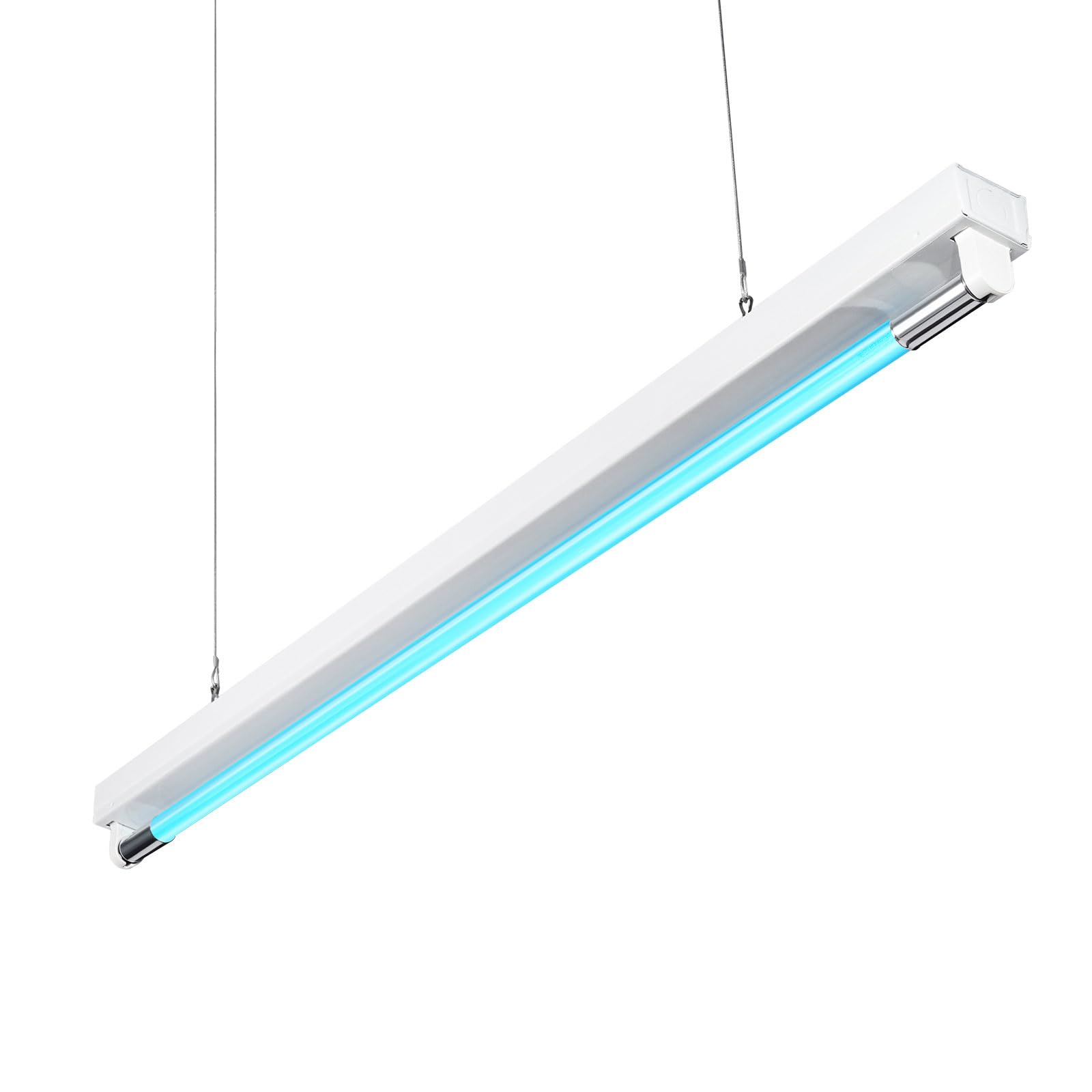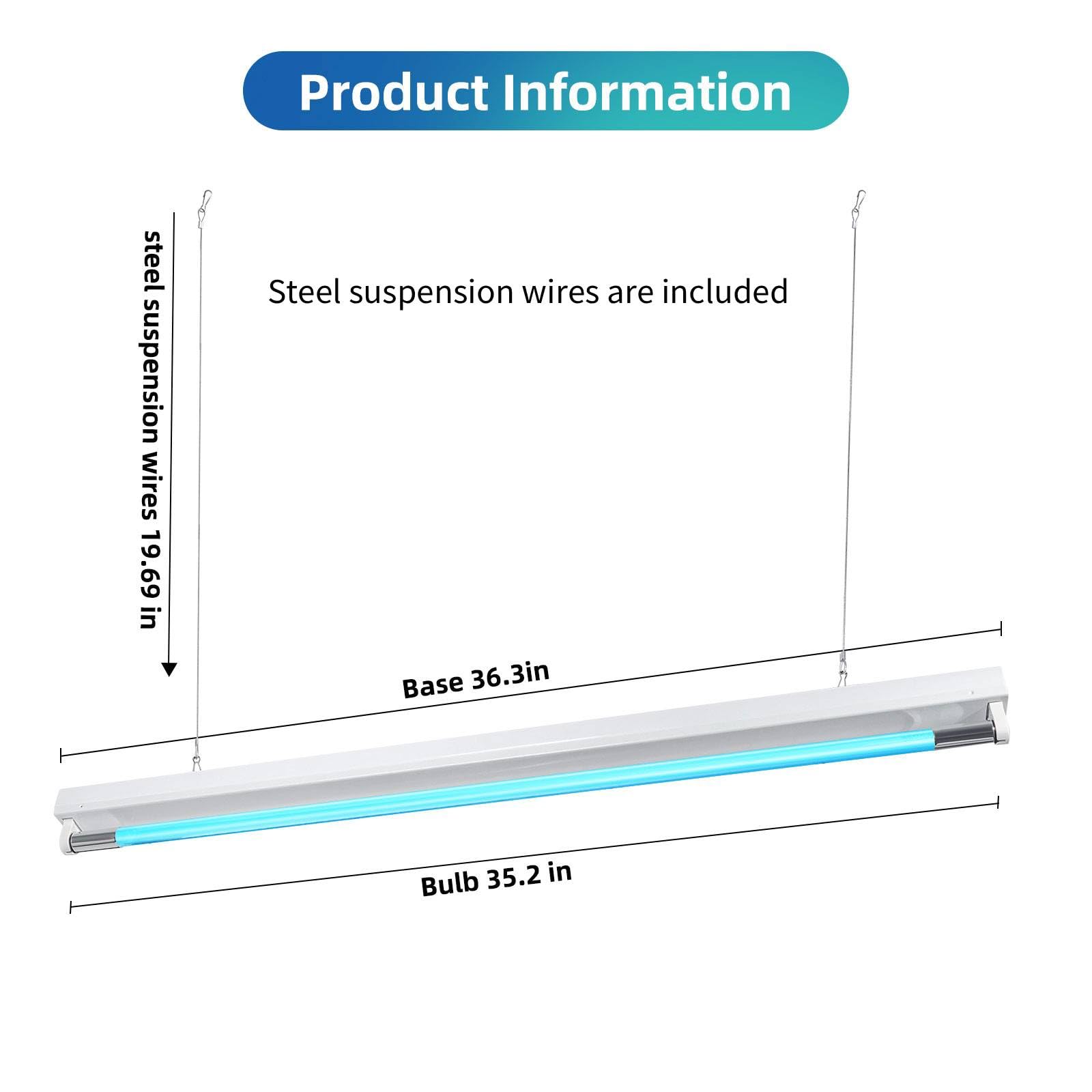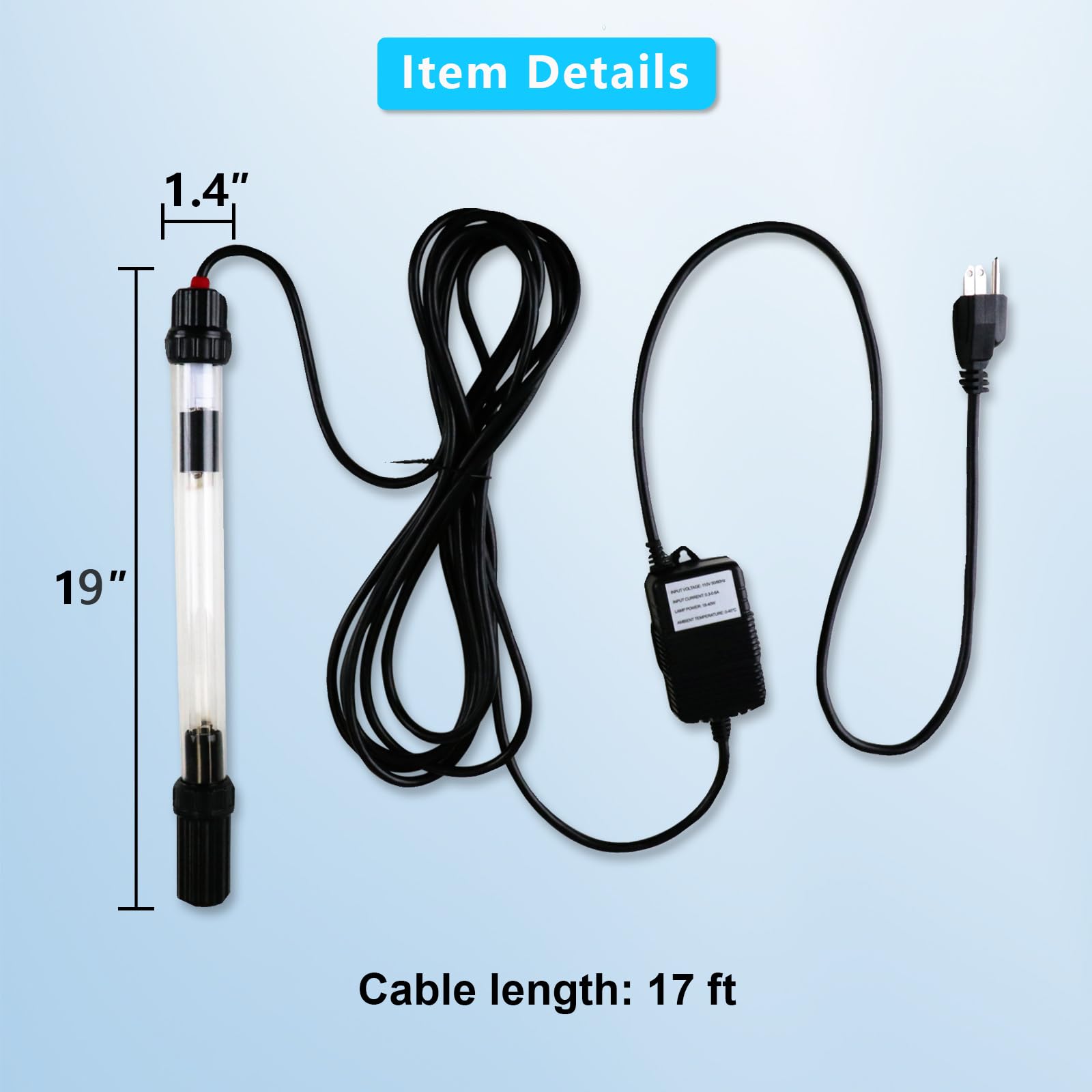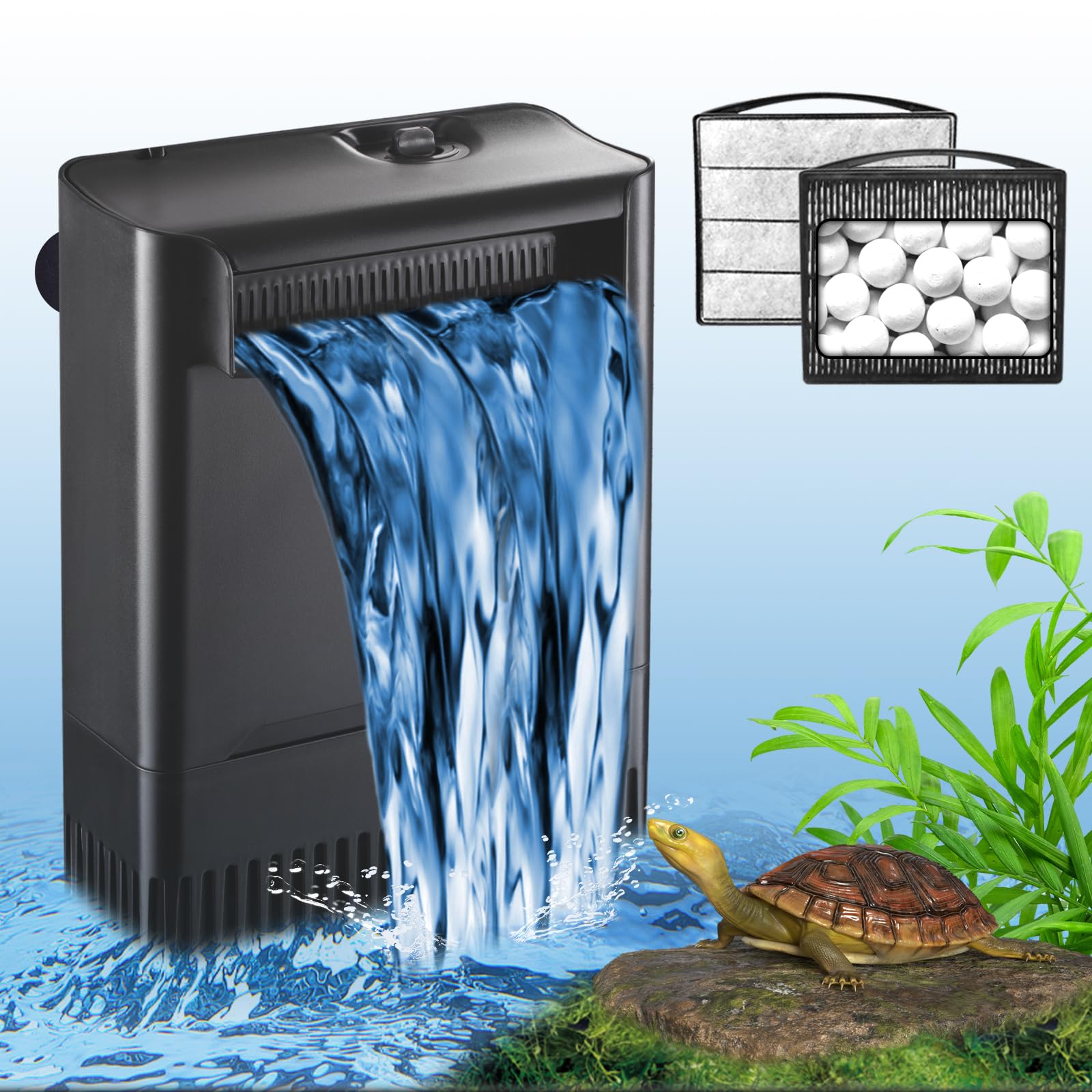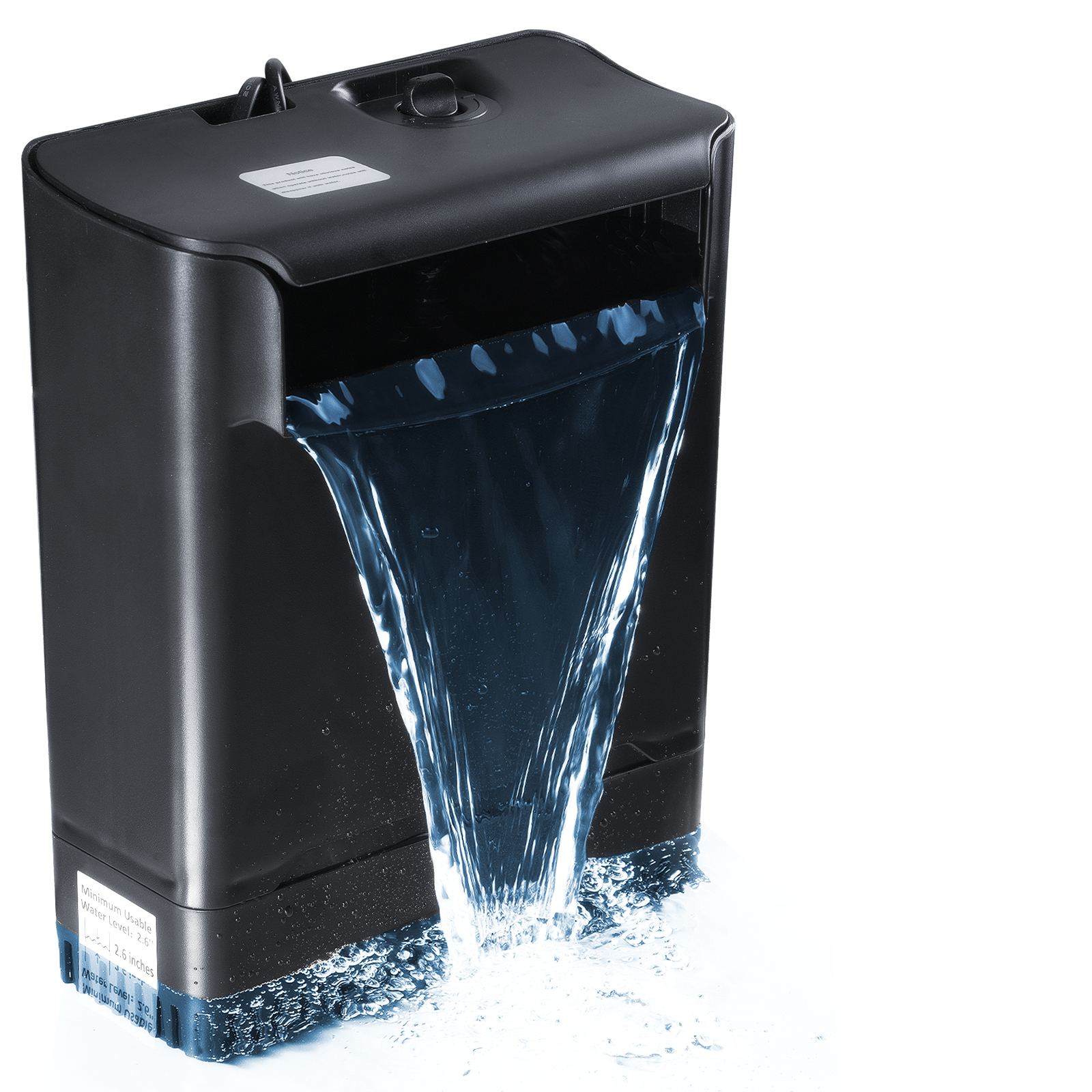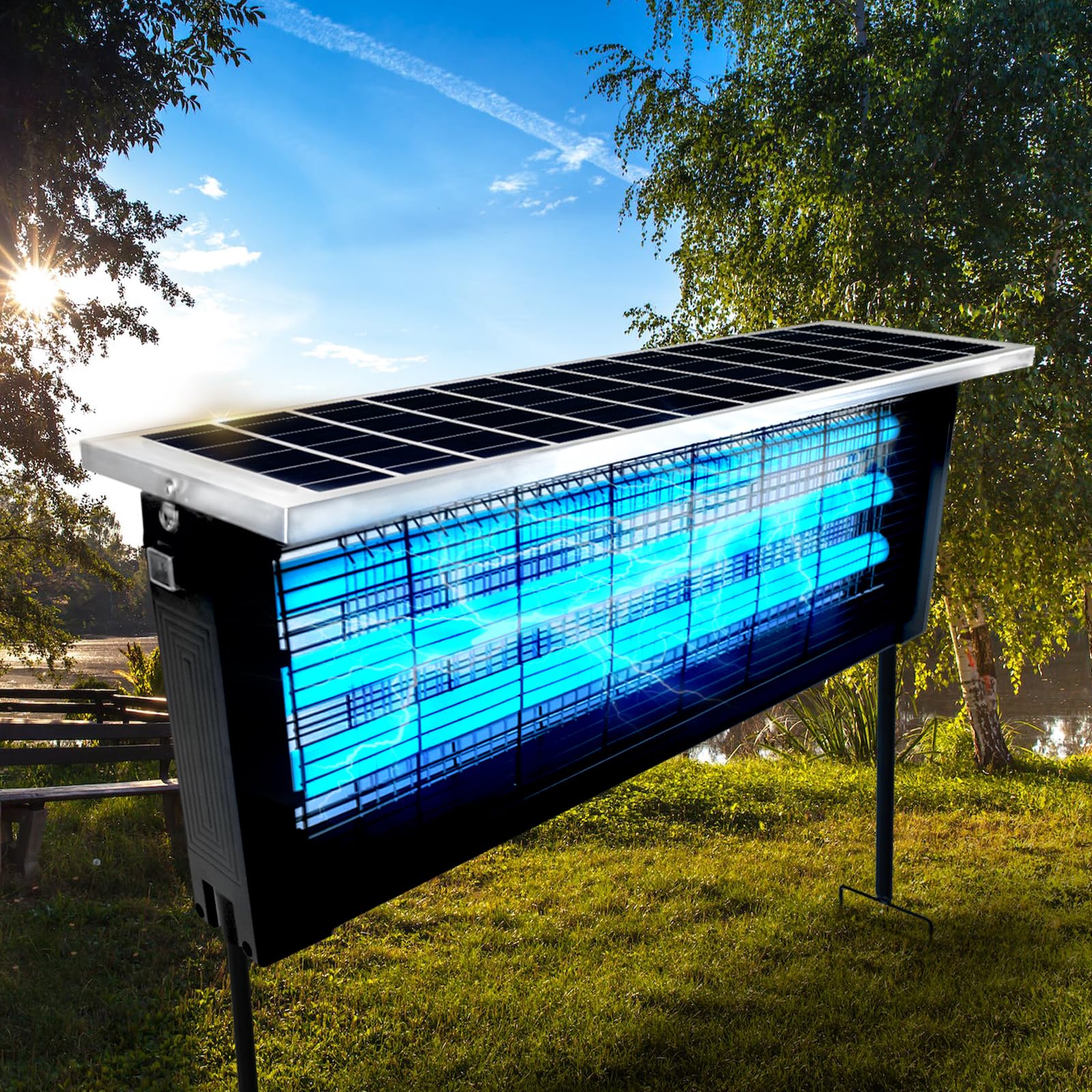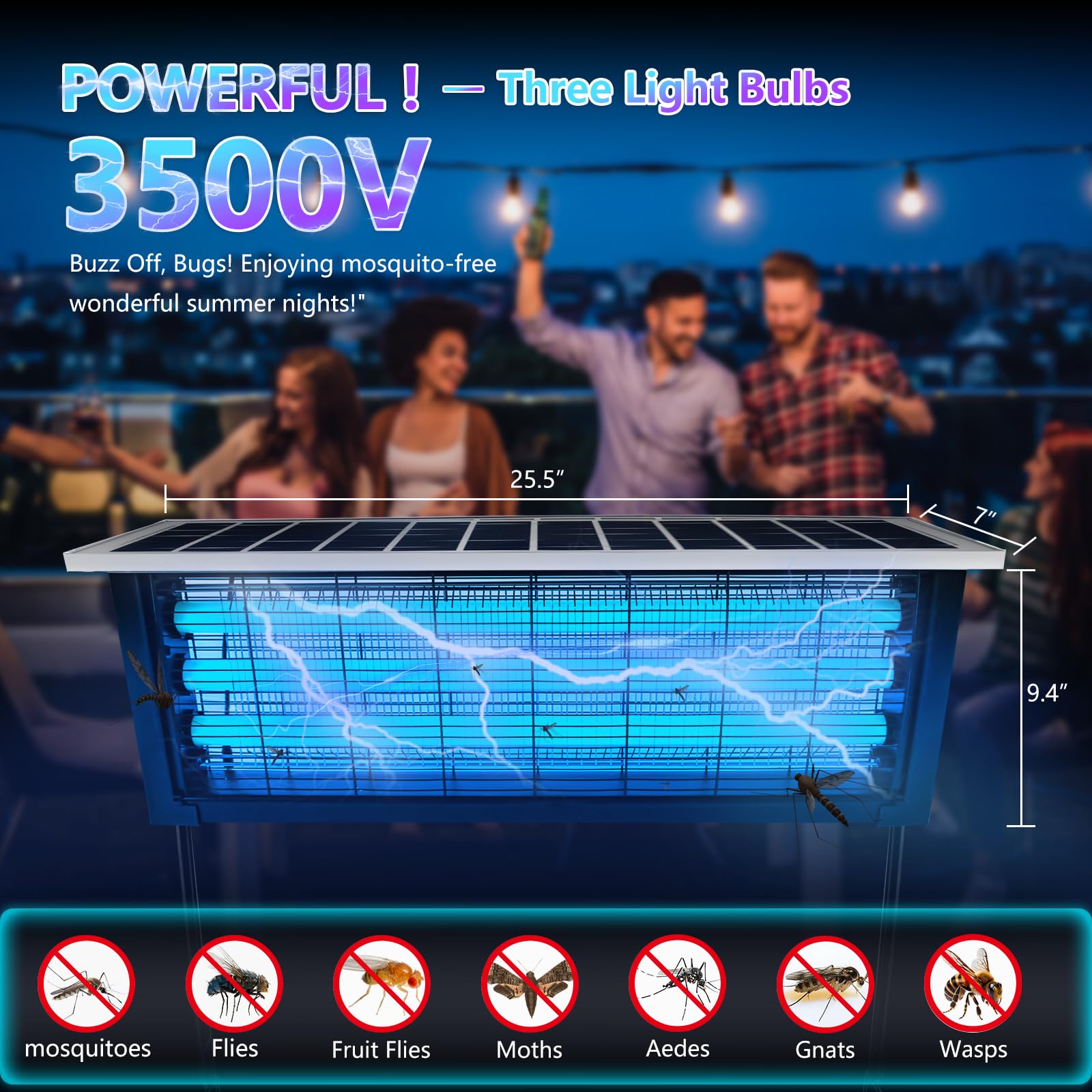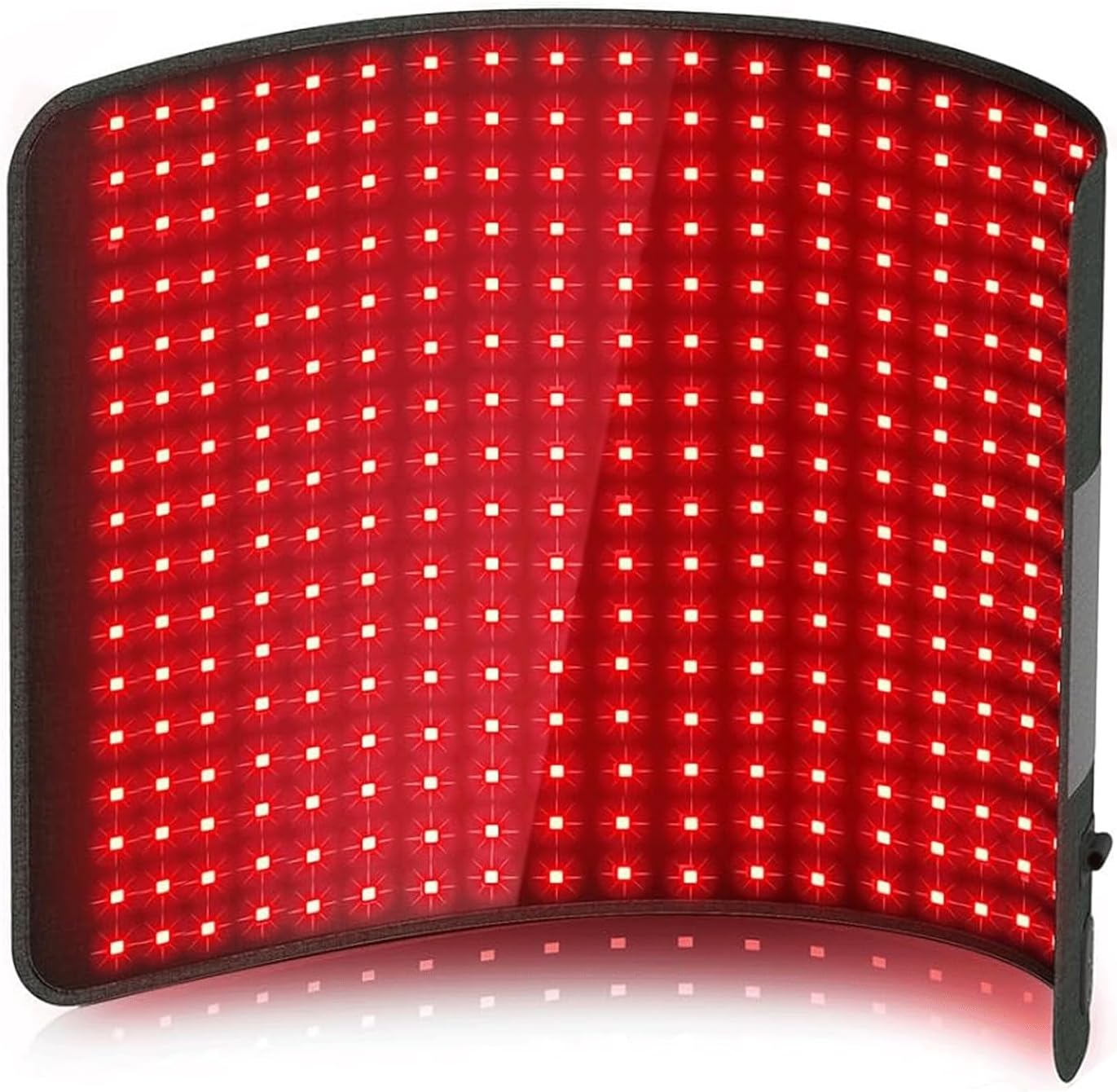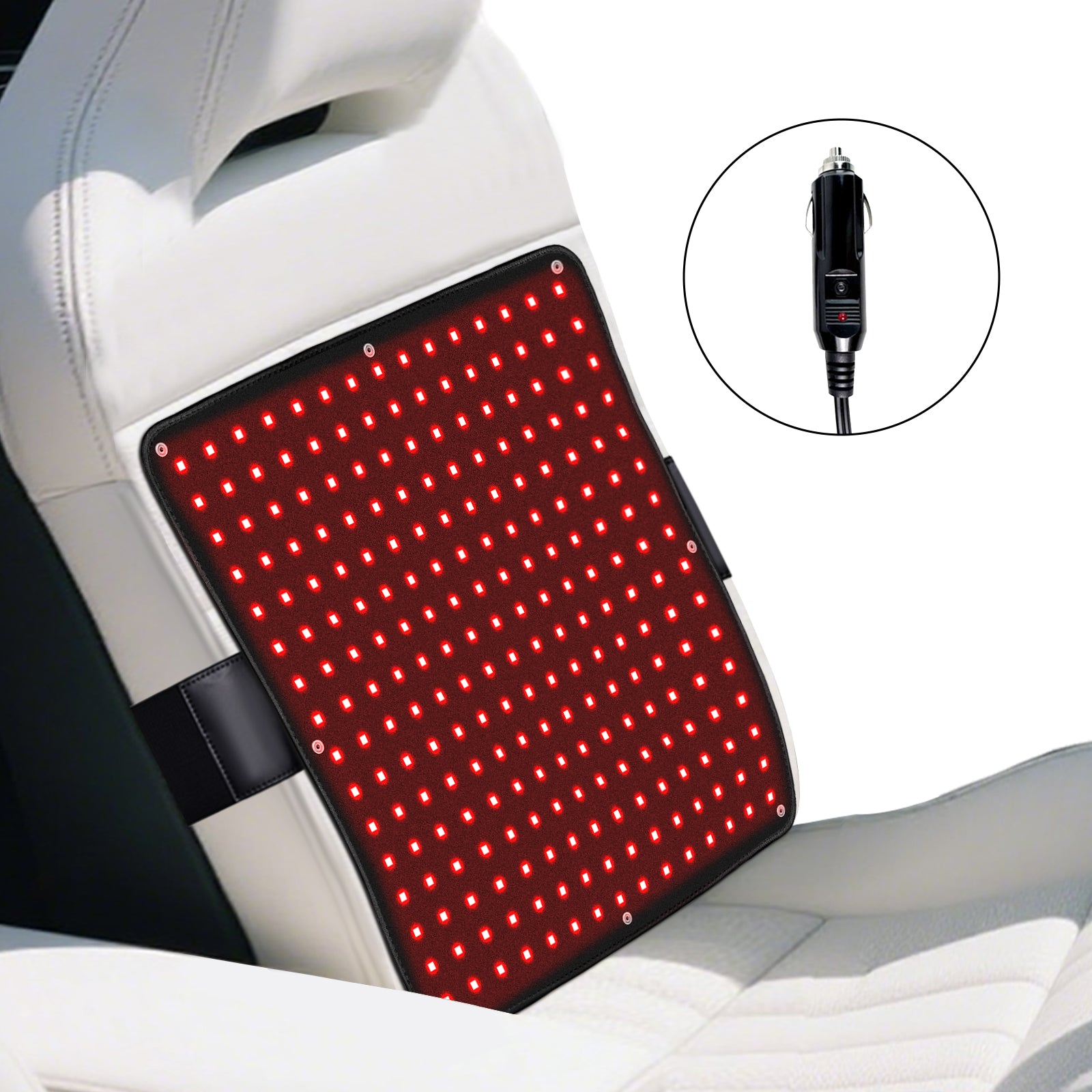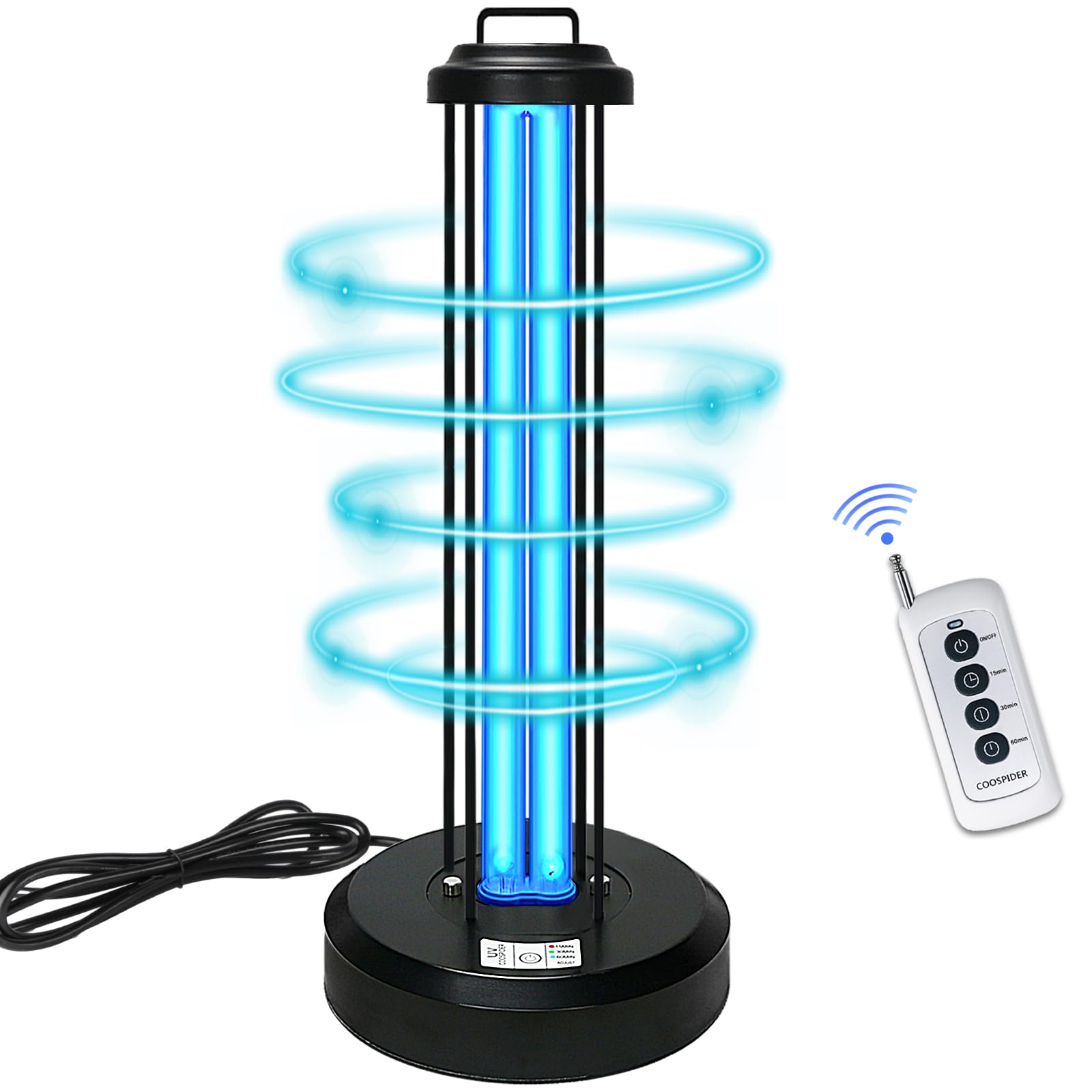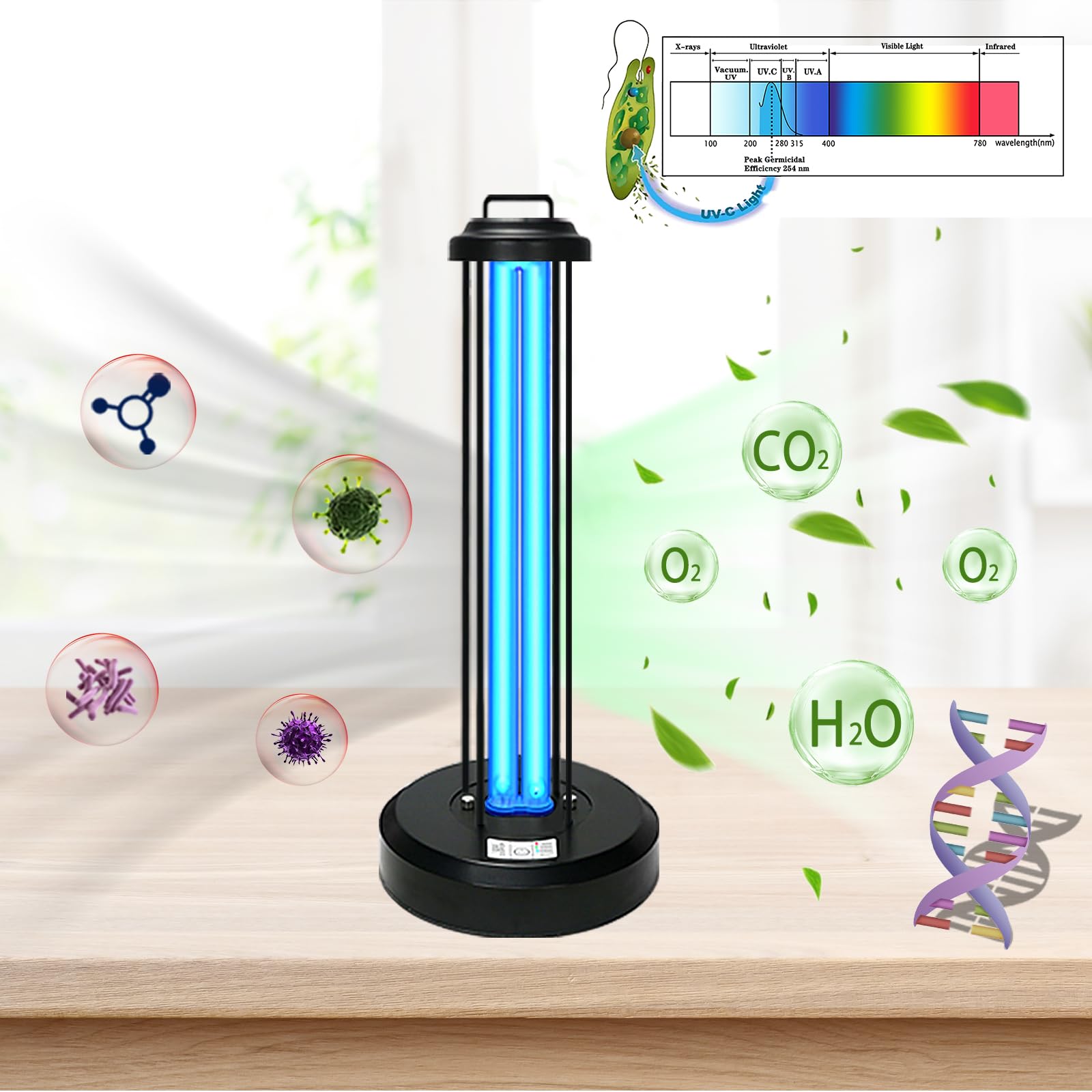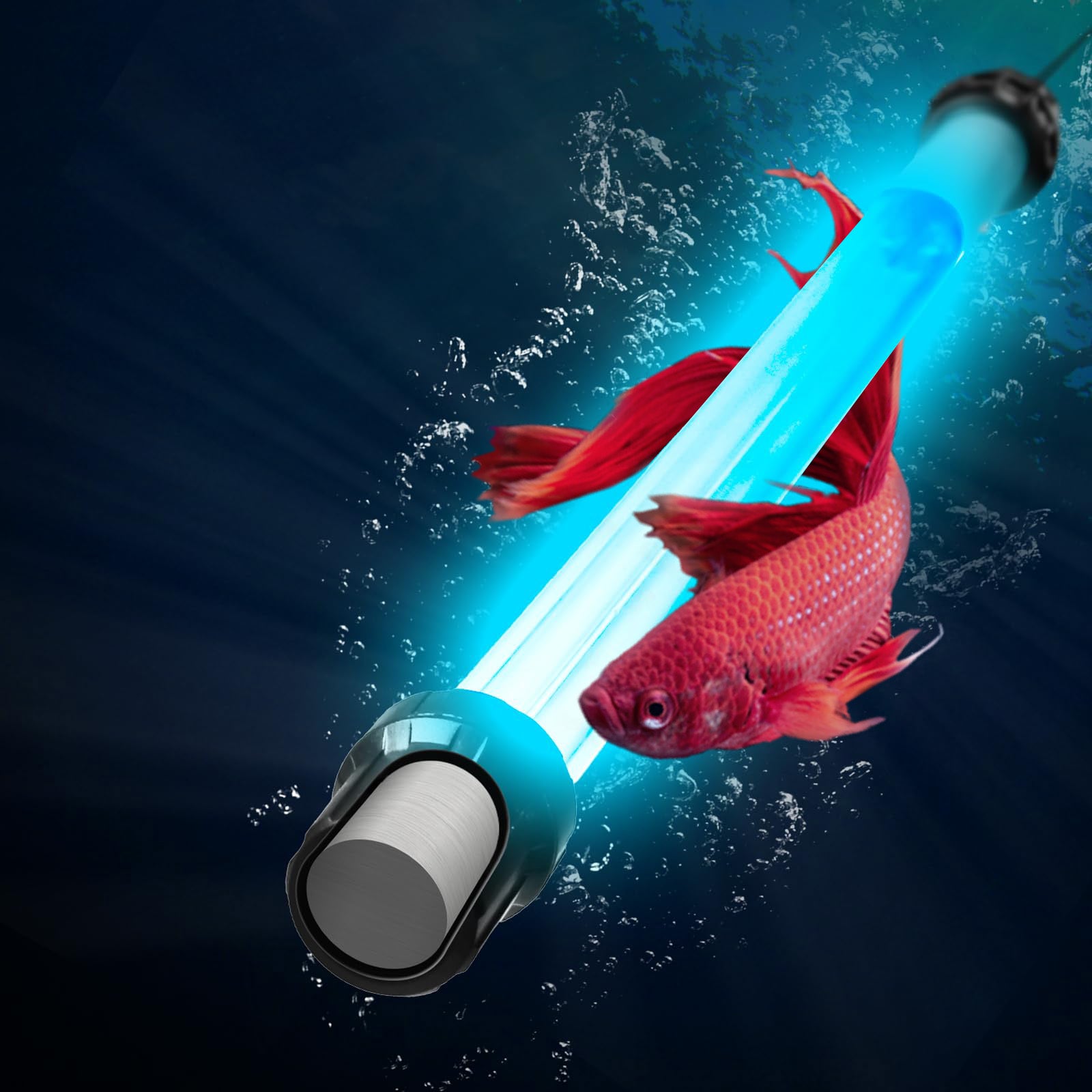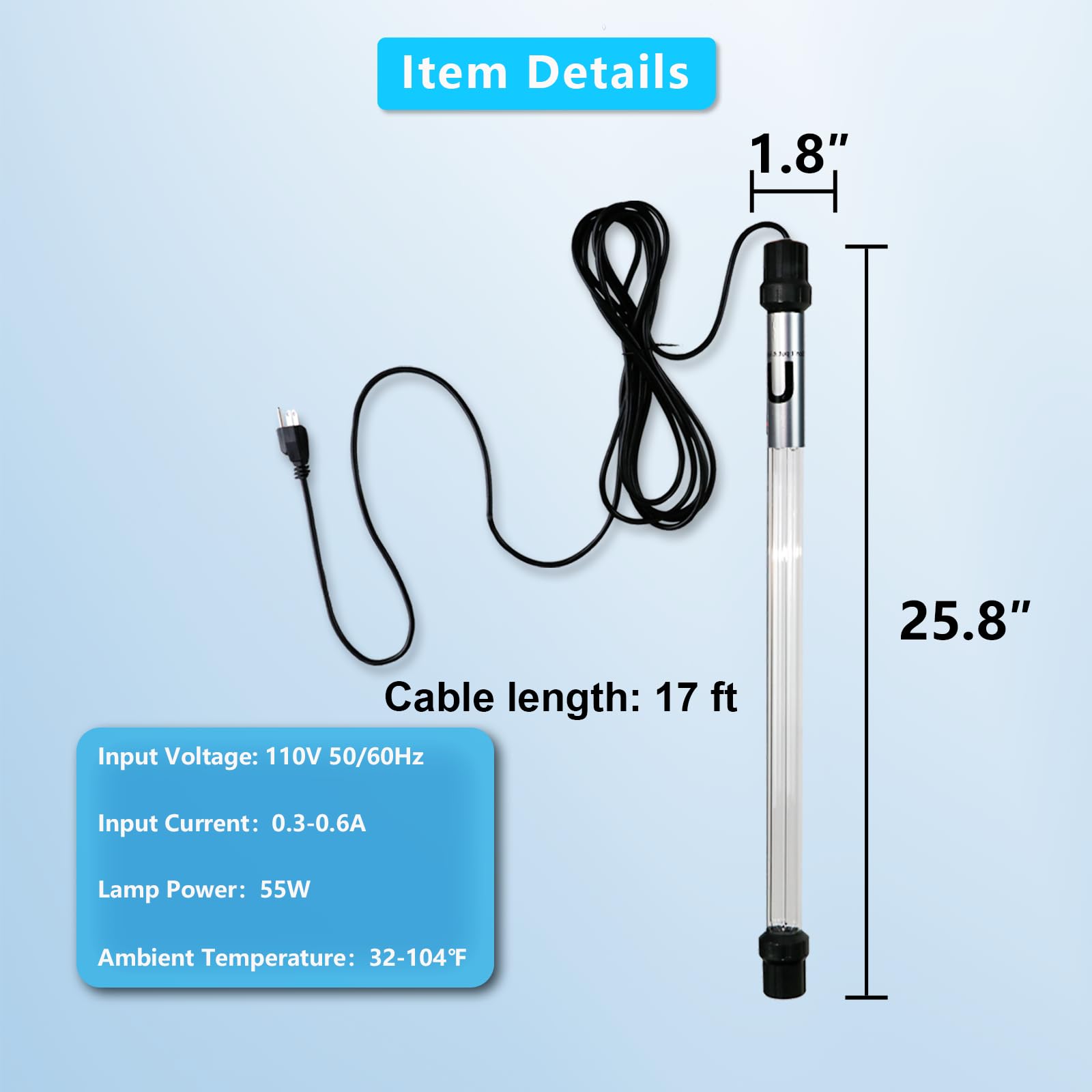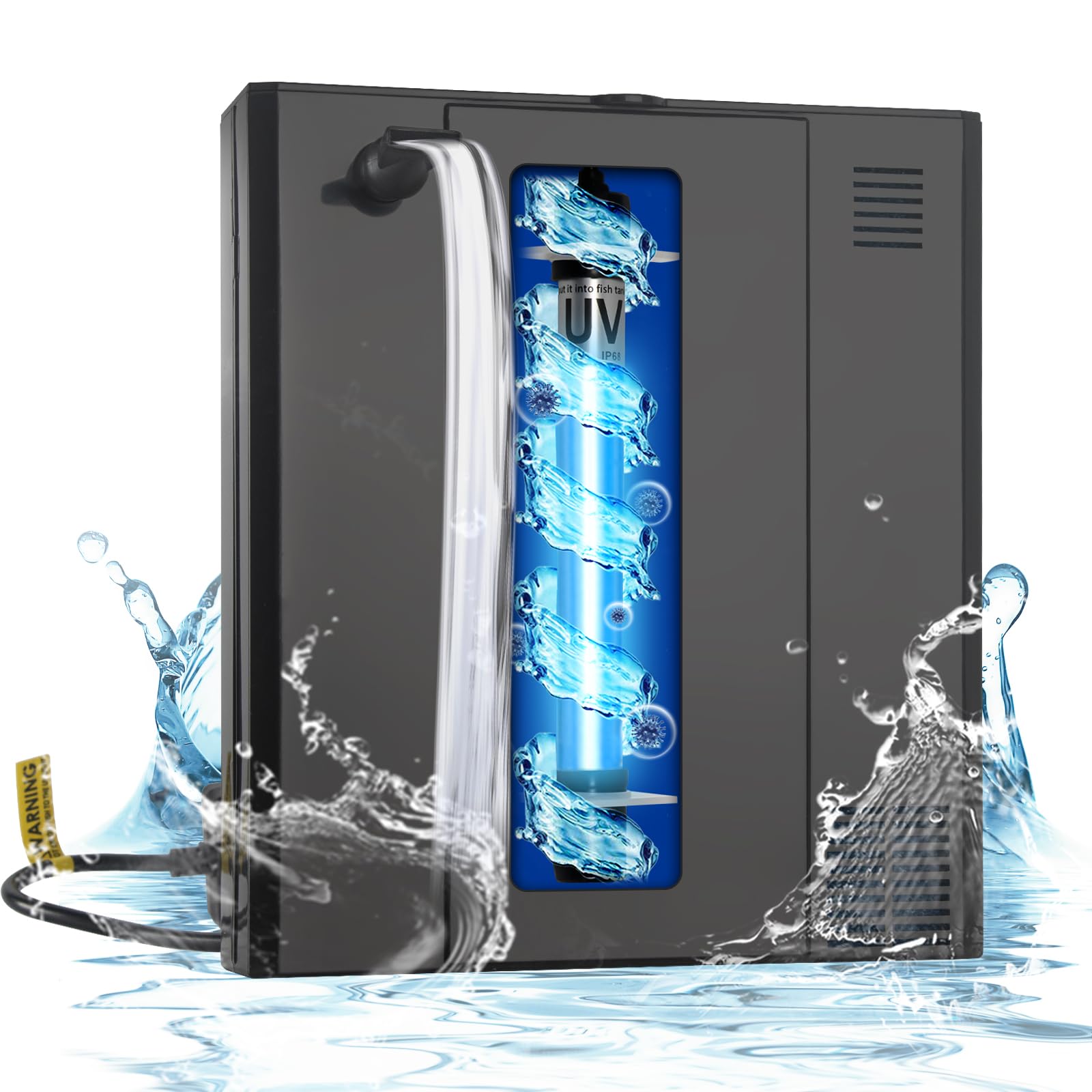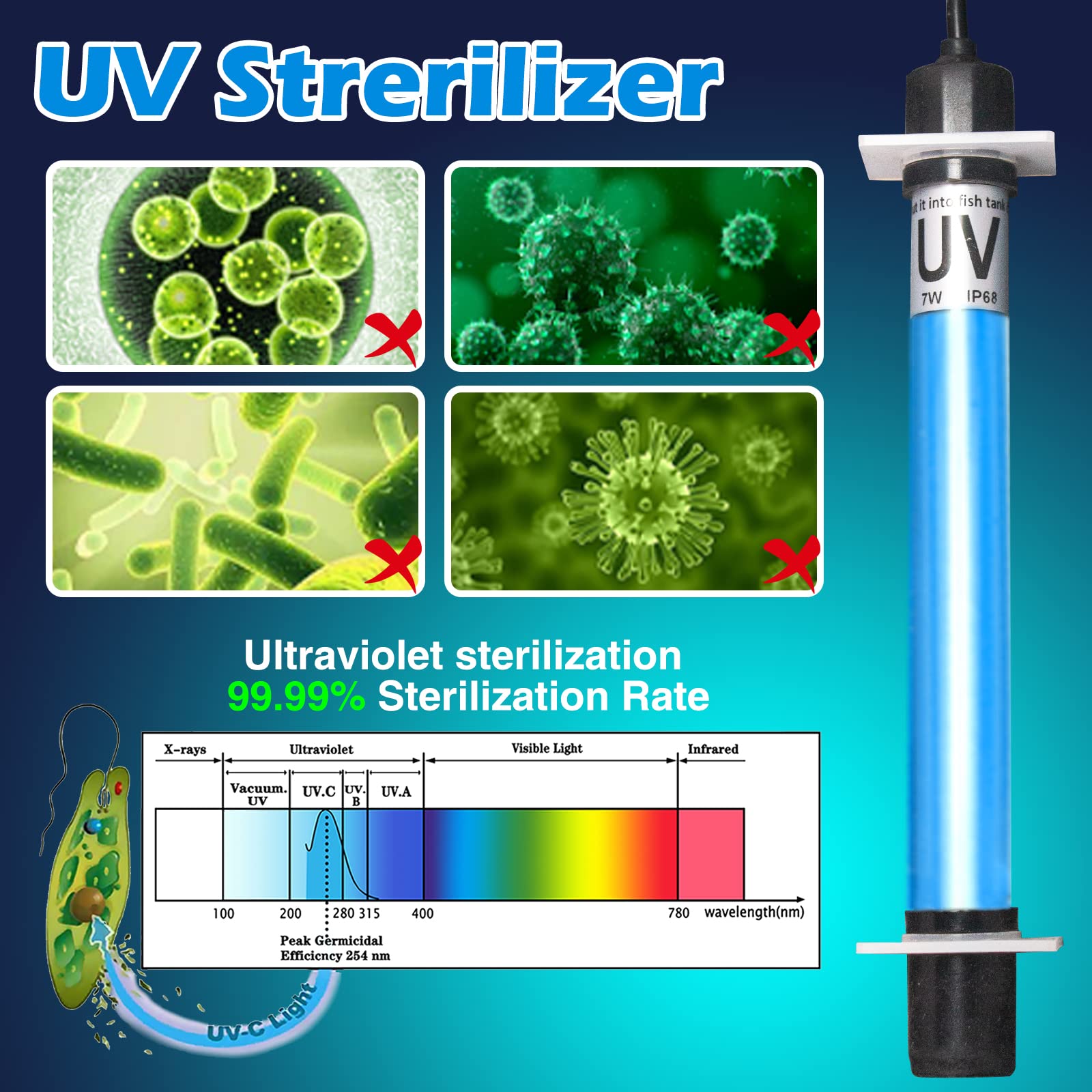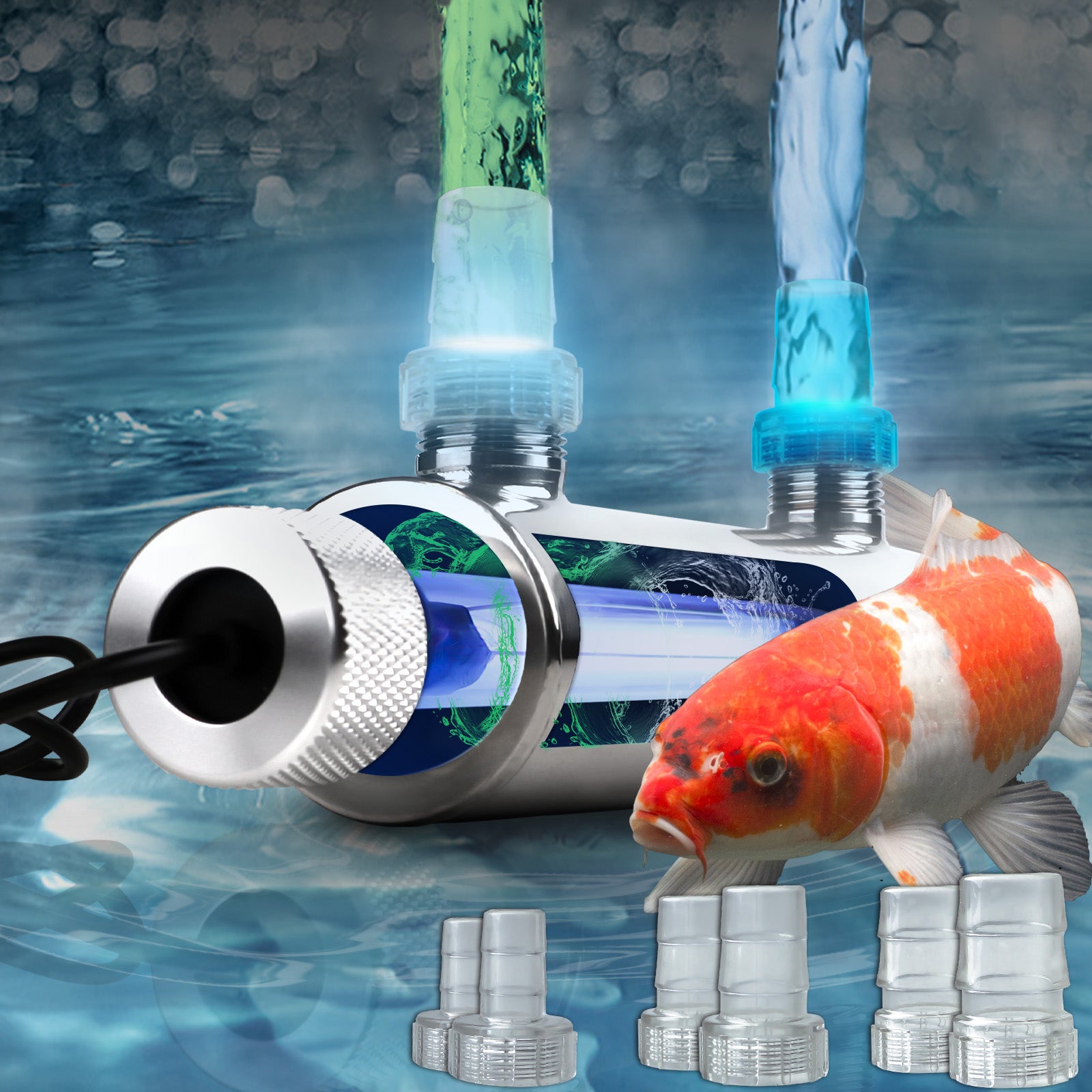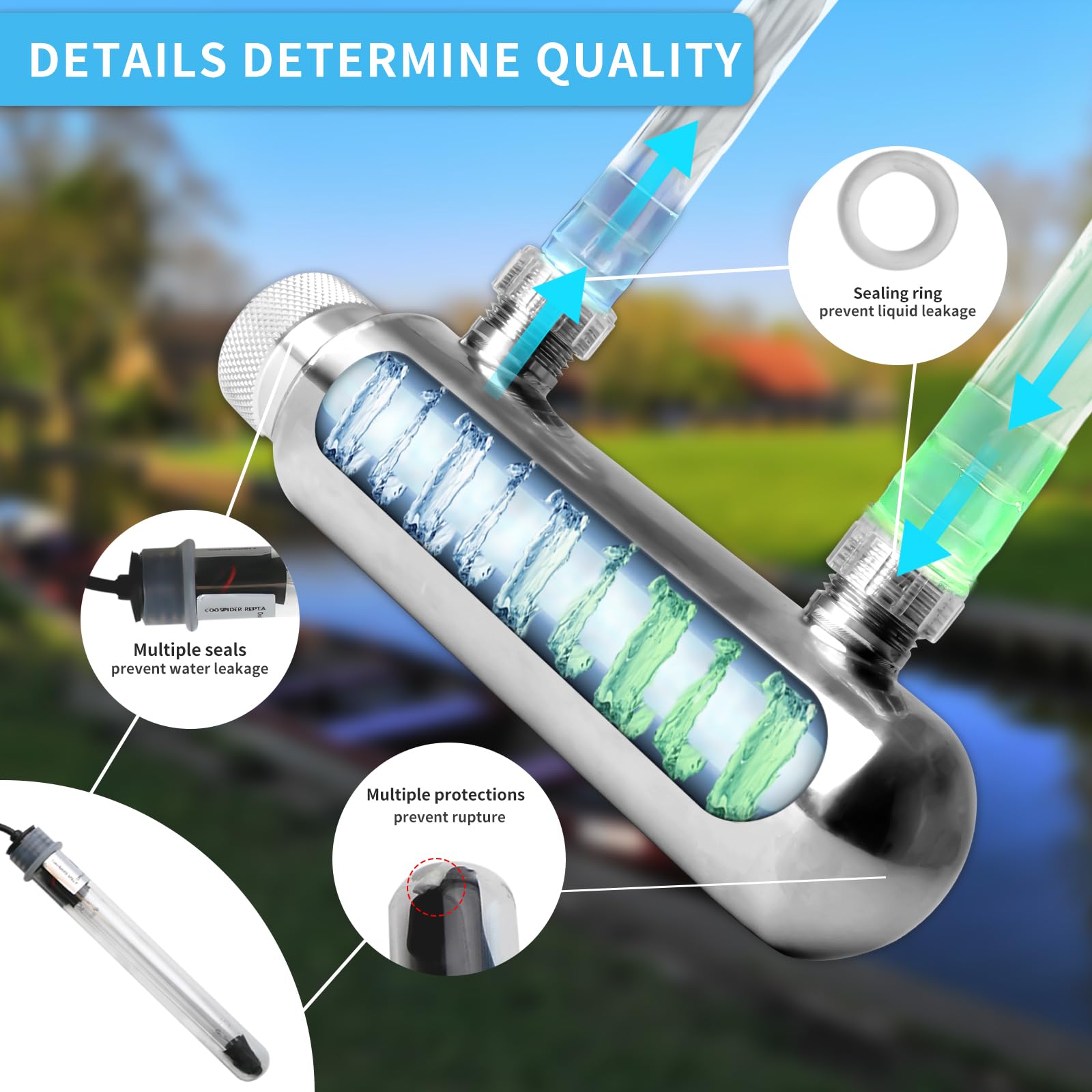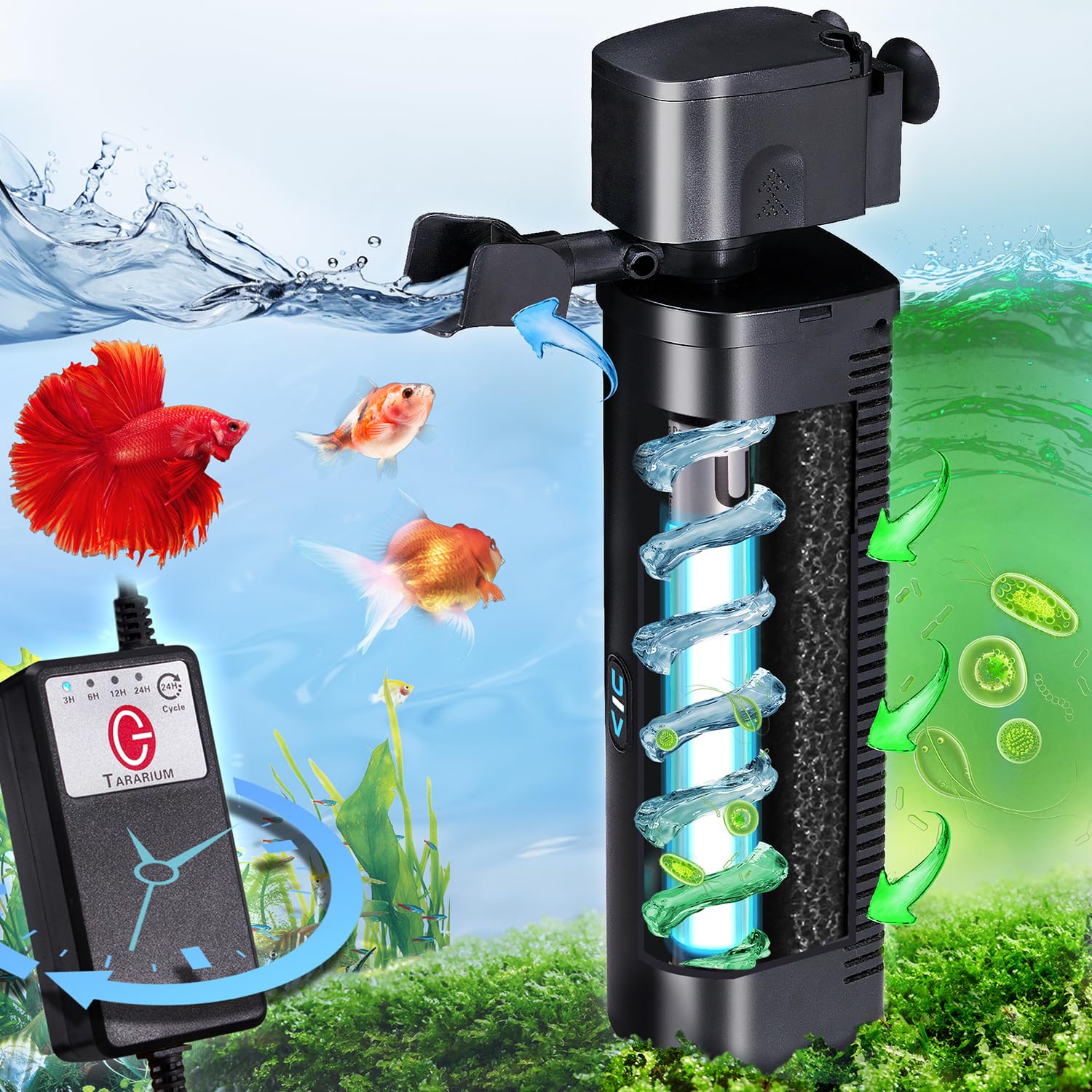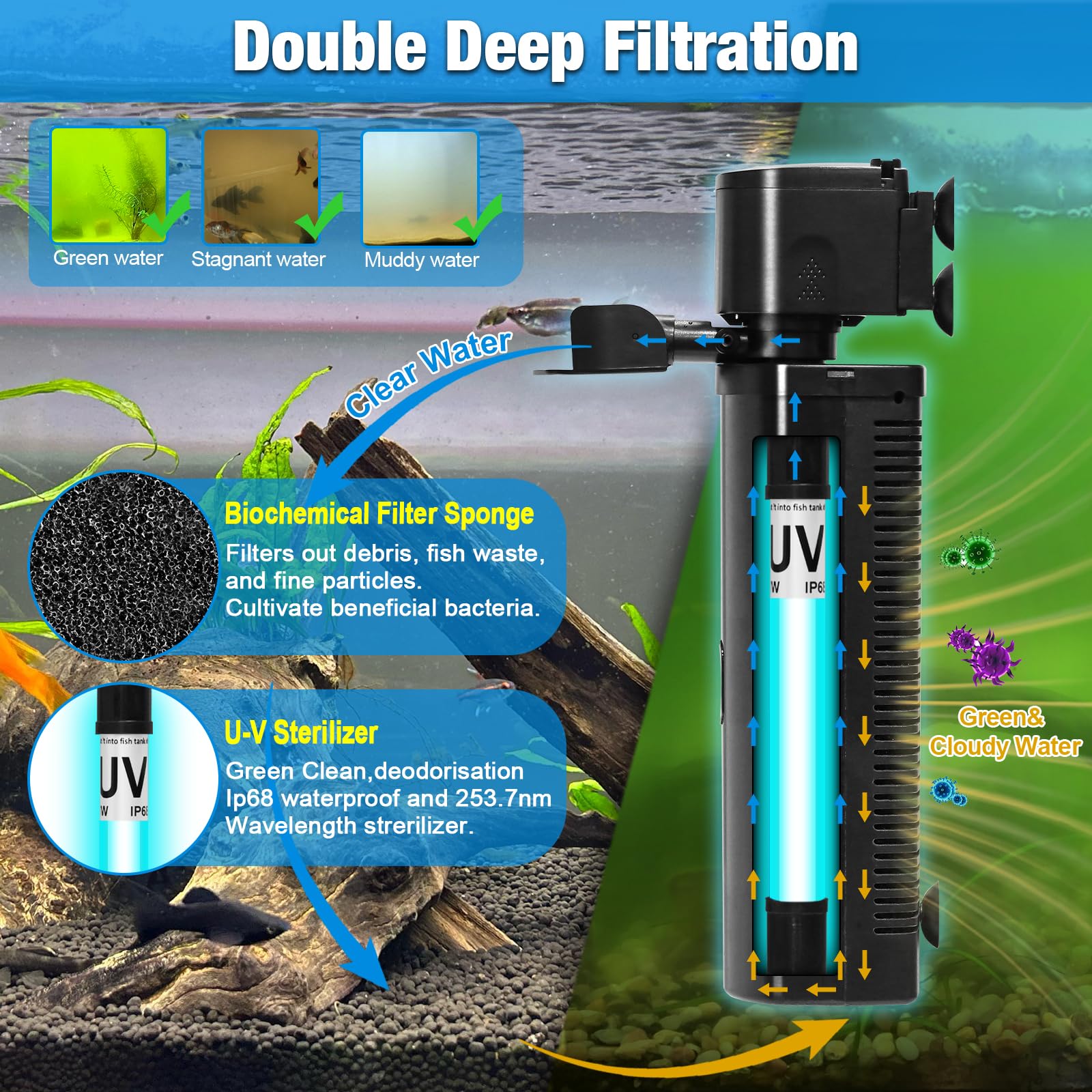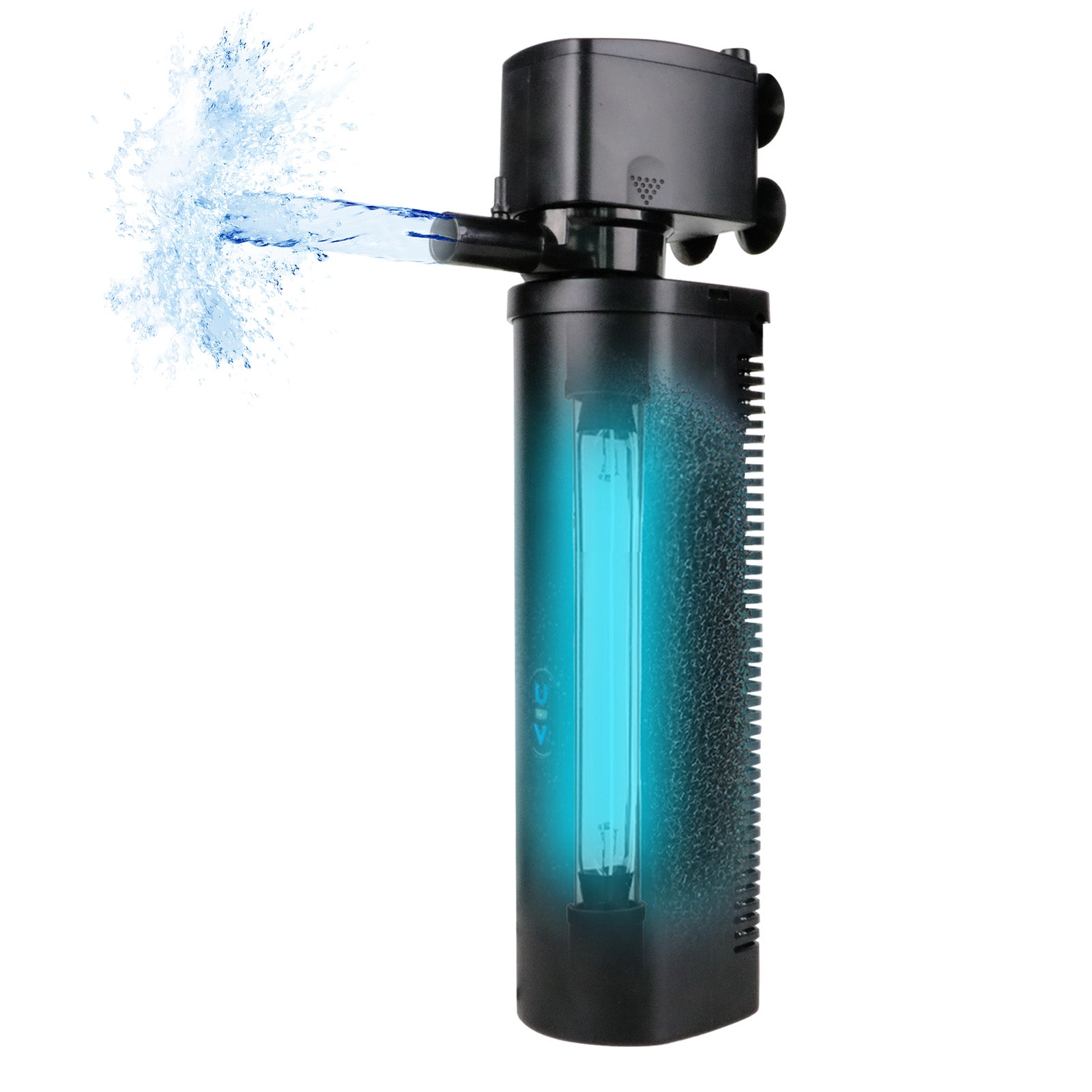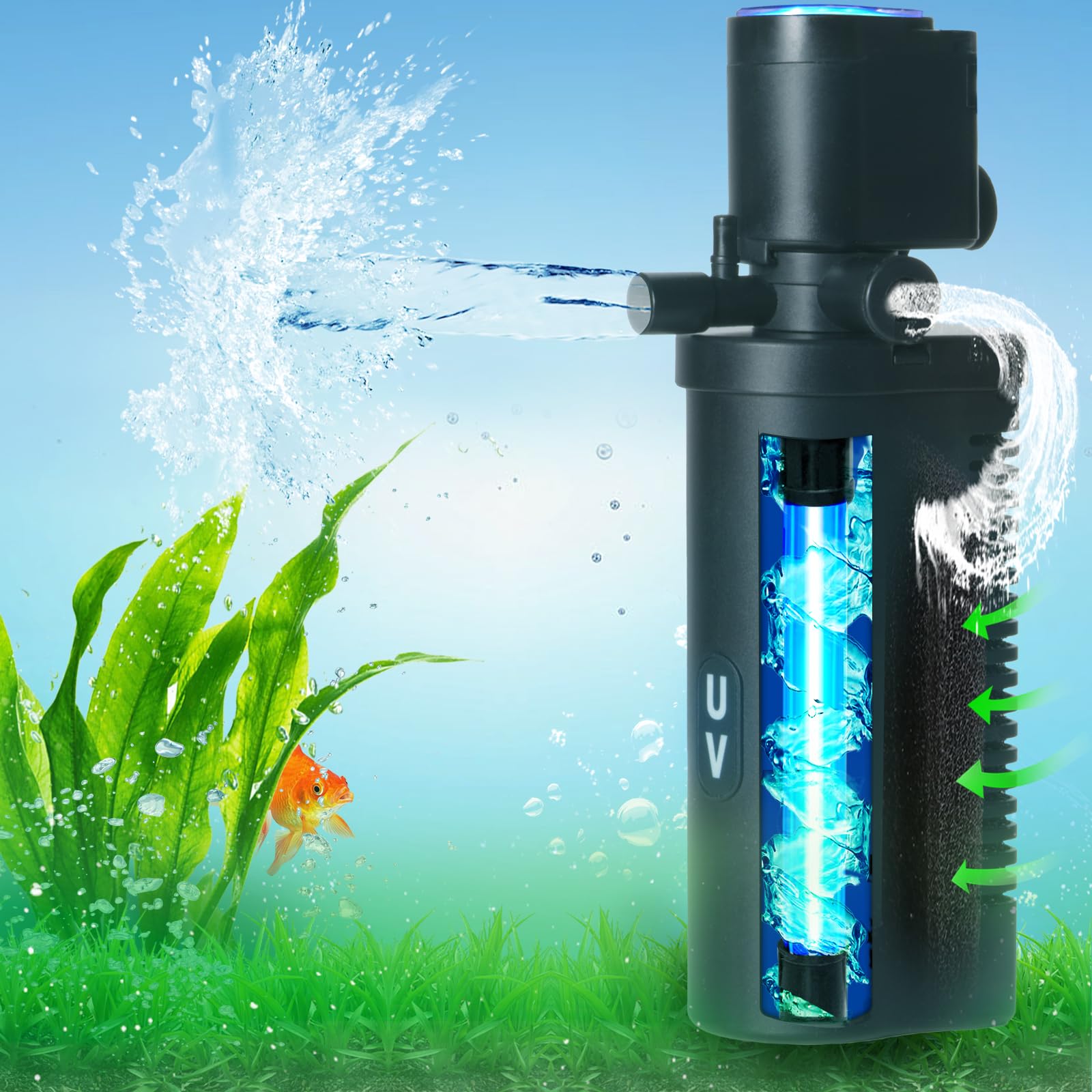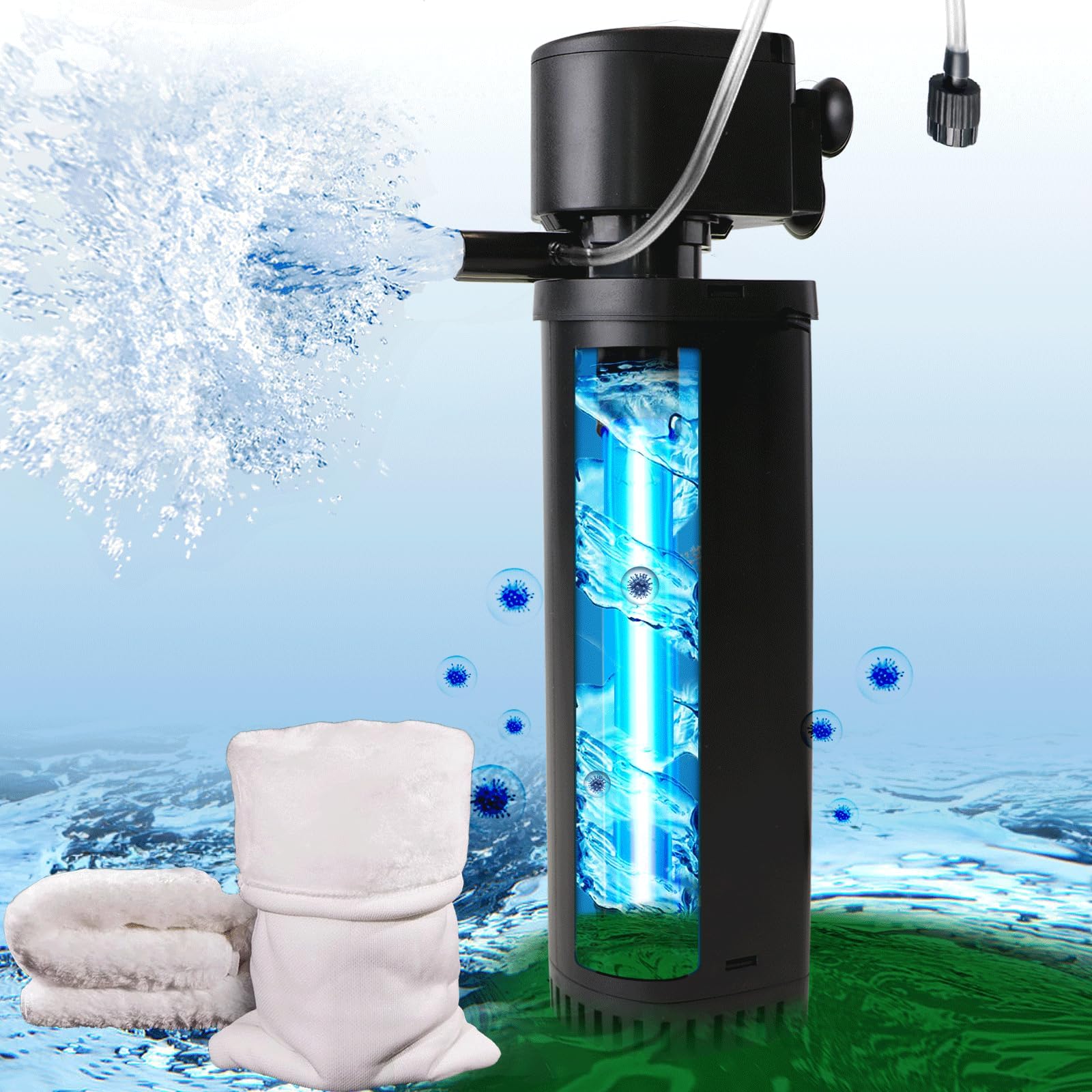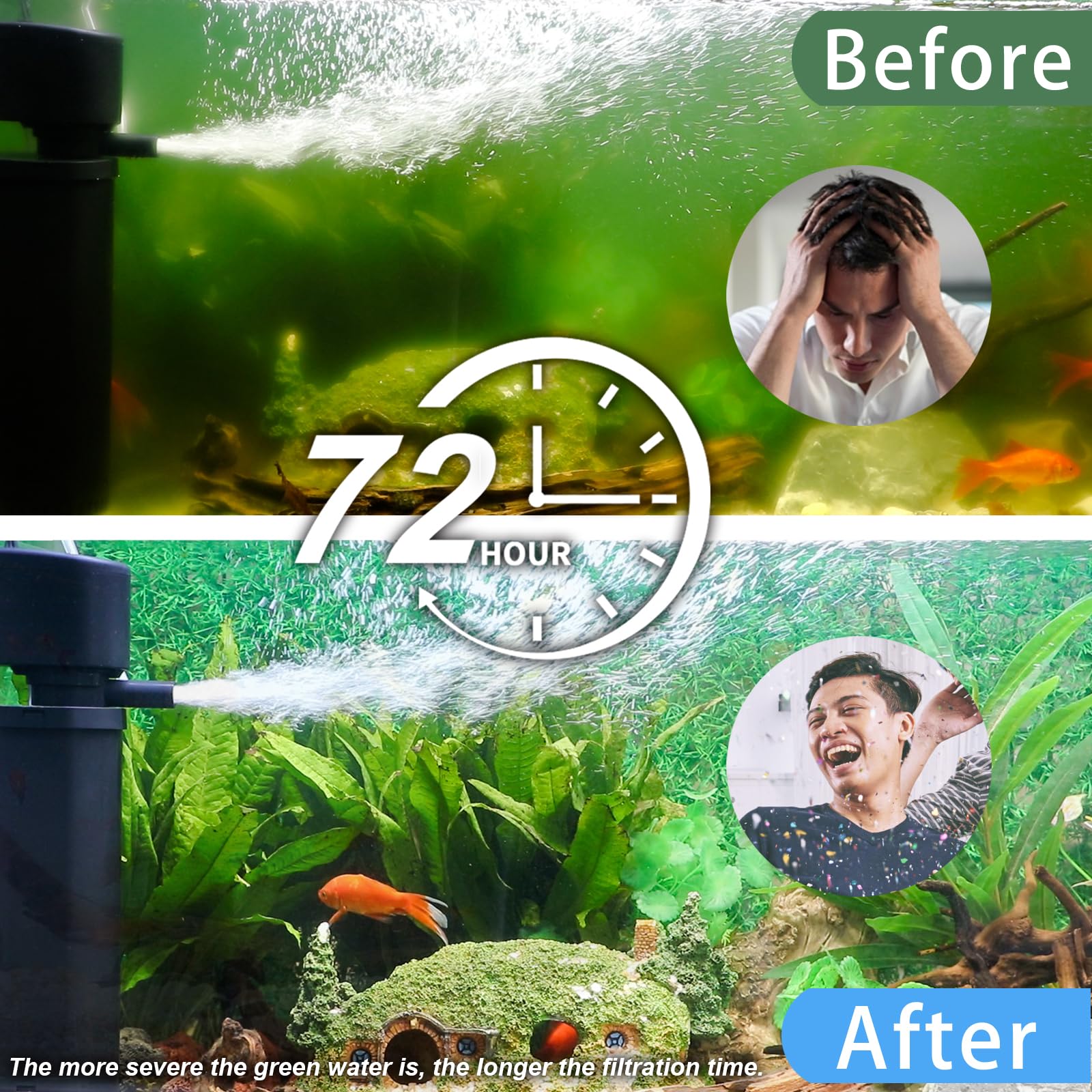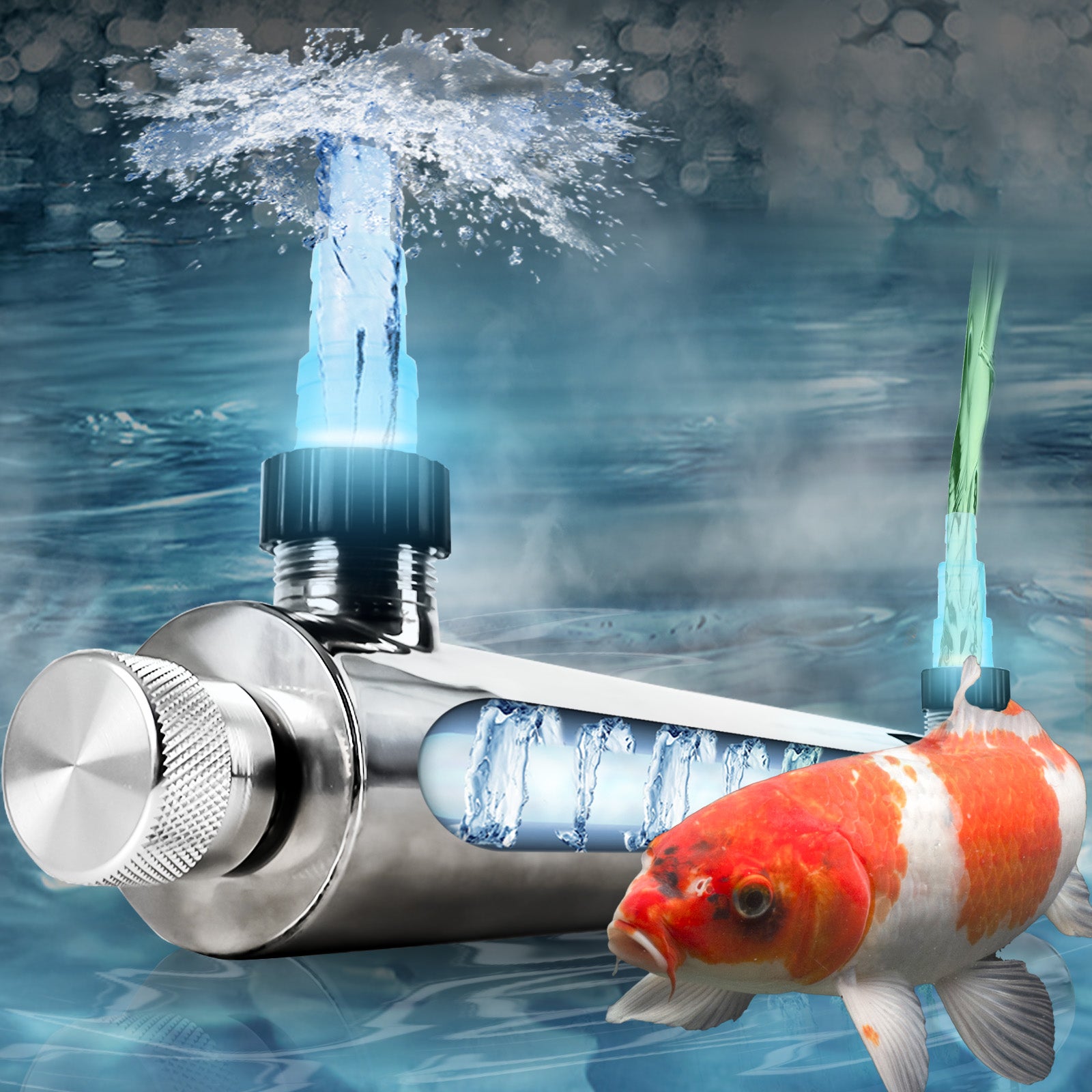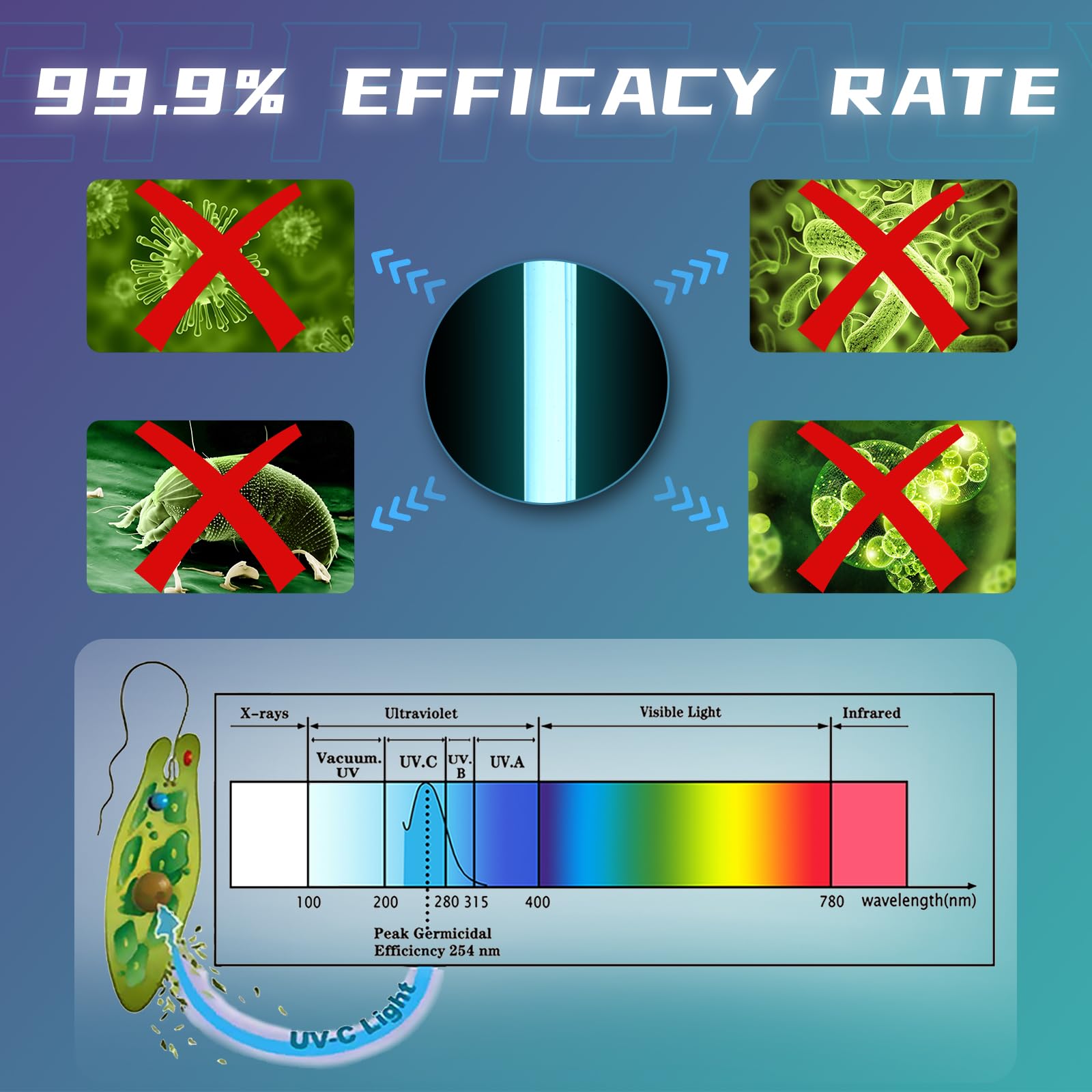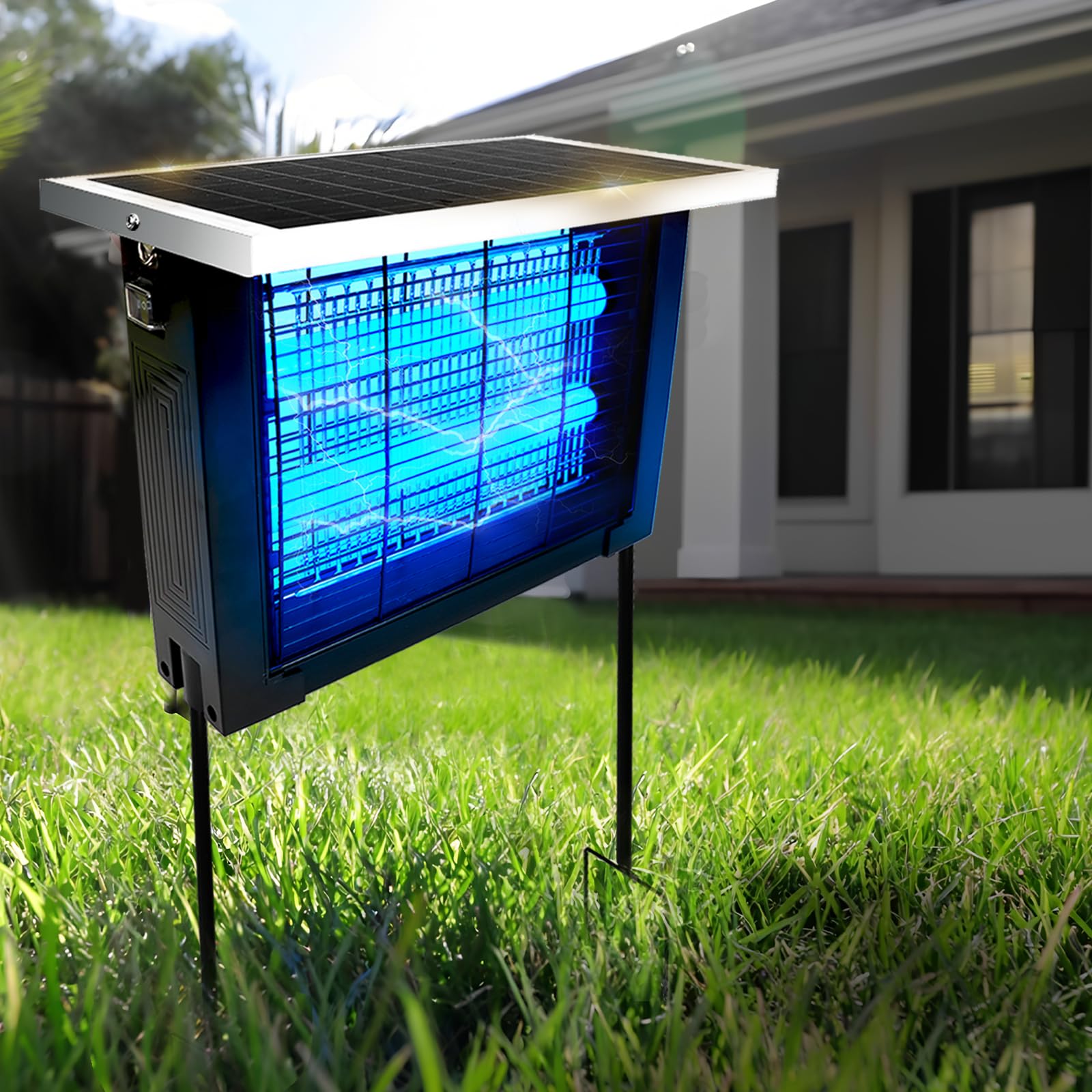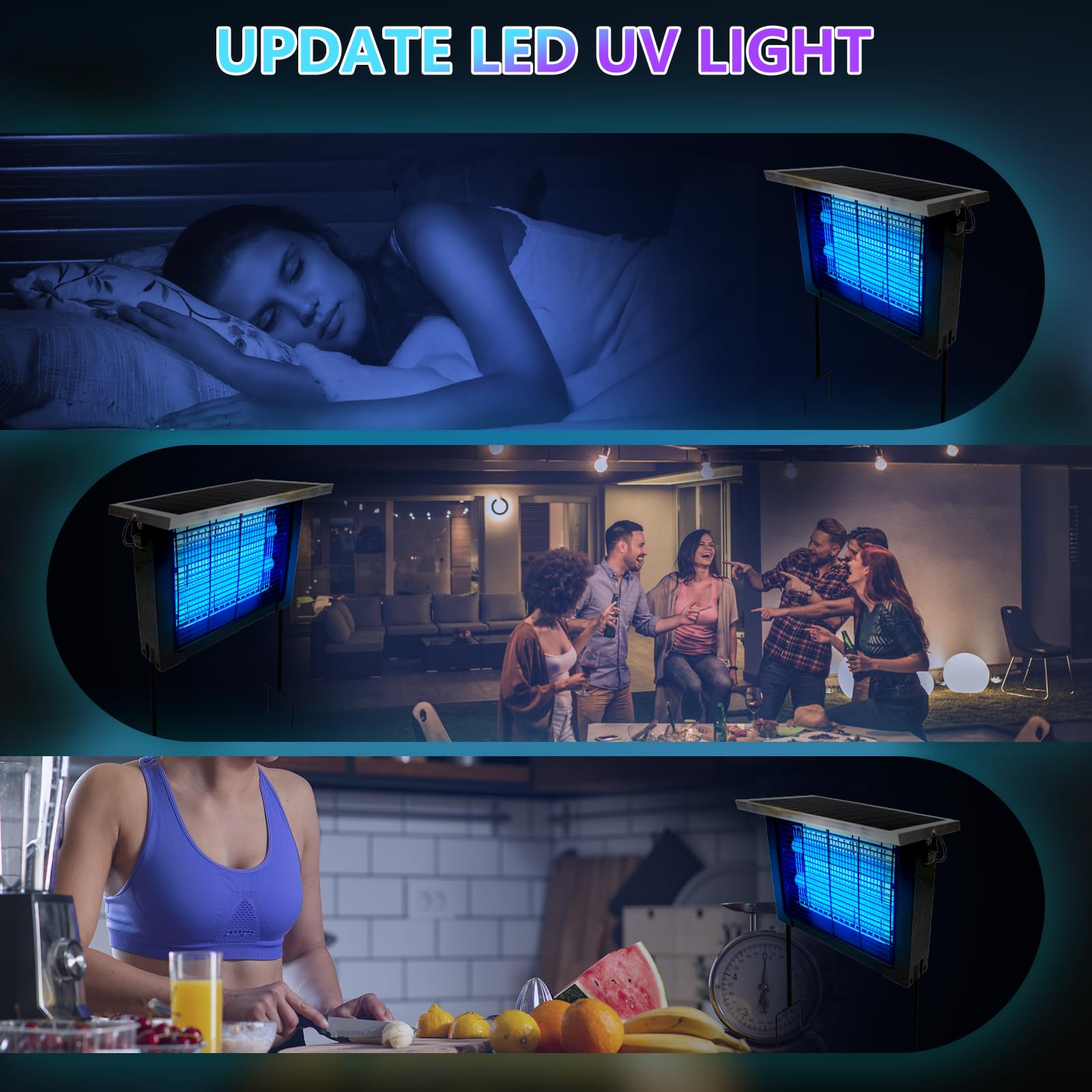In 2023, researchers at MIT unveiled a laser that emits only mid-infrared light—no visible photons wasted. This breakthrough highlights a critical truth: not all light sources are created equal when it comes to generating infrared (IR) radiation. Whether you’re roasting marshmallows over a fire, using a night vision scope, or undergoing laser skin therapy, the type of light source dictates the IR spectrum’s intensity, wavelength distribution, and biological/industrial impact.
This 5,000-word guide dissects how incandescent bulbs, LEDs, lasers, flames, and cutting-edge quantum devices produce IR radiation. You’ll learn why tungsten filaments dominate thermal imaging, how gallium arsenide LEDs revolutionized pulse oximeters, and why NASA’s James Webb Space Telescope relies on exotic mercury-cadmium-telluride detectors to catch cosmic IR.
1. Infrared Generation Fundamentals
1.1 Physics of Photon Emission
All light sources generate IR through two primary mechanisms:
- Thermal Radiation: Atomic vibrations in heated materials (blackbody emission).
- Electroluminescence: Electron transitions in semiconductors (LEDs/lasers).
Key Equation: Stefan-Boltzmann Law
Where = emissivity, = Stefan-Boltzmann constant (), and = temperature in Kelvin.
2. Thermal Emitters: Heat-Driven IR Sources
2.1 Incandescent Lamps
- Mechanism: Resistive heating of tungsten filament (~2500–3000 K).
-
IR Output:
- Spectrum: Broadband (500–5000 nm), peaks at ~1000 nm (NIR).
- Efficiency: 10% visible, 90% IR/heat.
- Unique Trait: Continuous spectrum ideal for simulating sunlight in IR camera testing.
Case Study: Phillips’ R40 heat lamps (250 W) emit 80% energy as IR-C (3000–10,000 nm) for industrial drying.
2.2 Halogen Lamps
- Upgrade: Halogen gas redeposits evaporated tungsten, allowing hotter filaments (3200 K).
- IR Shift: Peak emission moves to ~900 nm → higher NIR intensity than standard incandescents.
Trade-Off: 15% higher efficiency but 2x shorter lifespan due to extreme heat.
2.3 Ceramic Heaters
- Design: Resistive wire (NiCr) embedded in ceramic matrix (500–800°C).
-
IR Profile:
- Peak Wavelength: 3000–5000 nm (FIR).
- Penetration: Heats surfaces deeply via vibrational absorption in water/organics.
Applications: Far-IR saunas (60°C ambient, 3000–10,000 nm) for detox therapies.
3. Gas Discharge Sources: Beyond Solid-State Heat
3.1 Carbon Arc Lamps
- Operation: Electric arc between carbon rods in air (~4000 K).
-
IR Output:
- Intense UV/visible/IR continuum.
- Used in early 1900s cinema projectors and searchlights.
- Legacy: Inspired CO₂ lasers (see Section 6).
3.2 Xenon Short-Arc Lamps
- Plasma Physics: High-pressure xenon plasma emits broadband IR (200–2500 nm).
- Military Use: Simulate nuclear explosions’ IR signatures for missile sensor testing.
4. Solid-State Emitters: Precision IR Engineering
4.1 Infrared LEDs
-
Materials & Wavelengths:
- GaAs: 850–940 nm (security cameras).
- InGaAs: 900–1700 nm (fiber optic comms).
- AlGaAs: 650–850 nm (medical sensors).
-
Advantages:
- Narrow bandwidth (±20 nm).
- Instant on/off modulation (up to 100 MHz).
Medical Breakthrough: Apple Watch’s 810 nm IR LED measures blood oxygen (SpO₂) via photoplethysmography.
4.2 Laser Diodes
-
Coherent IR Generation:
- Edge-Emitting Lasers (EELs): 780–1550 nm (CD/DVD players).
- Vertical-Cavity Surface-Emitting Lasers (VCSELs): 940 nm (iPhone Face ID).
- Power Density: Up to 1000 W/cm² for industrial cutting (fiber lasers).
NASA’s Use: 1550 nm LIDAR maps lunar topography with 10 cm resolution.
5. Combustion Sources: Fire as an IR Engine
5.1 Open Flames
-
Spectrum:
- Soot particles emit broadband IR (2000–5000 nm).
- CO₂ and H₂O vapor create absorption bands at 2.7 μm and 4.3 μm.
-
Campfire Physics:
- 60% of energy radiates as IR.
- Peak wavelength depends on fuel:
- Wood fire: ~1500 nm (NIR).
- Propane: ~2300 nm (MIR).
5.2 Engine Exhaust
-
Military Stealth Factor:
- Jet engines emit strong IR at 3–5 μm (MWIR band).
- Stealth tech uses curved nozzles and coolants to suppress this signature.
6. High-Tech IR Sources
6.1 Quantum Cascade Lasers (QCLs)
- Principle: Electrons cascade through 50+ quantum wells, emitting a photon at each step.
- Tunability: 3–25 μm (covers molecular “fingerprint” region).
-
Applications:
- Breath analyzers detect ethanol (9.5 μm) and acetone (8.2 μm).
6.2 Synchrotron Radiation
- How: Accelerated electrons emit IR when bent by magnetic fields.
- Feature: Ultra-bright, polarized IR for analyzing protein structures.
6.3 Supercontinuum Sources
- Process: Pump high-power laser into nonlinear fiber to generate ultra-broadband IR (1–20 μm).
- Use: Hyperspectral imaging detects counterfeit drugs via spectral fingerprints.
7. Material Science: The Backbone of IR Generation
7.1 Emissivity Matters
-
Material | Emissivity (ε) | Peak IR Band
- Polished Silver | 0.02 | Reflects IR
- Black Anodized Aluminum | 0.88 | Broad FIR
- Carbon Paint | 0.95 | LWIR
Design Insight: Spacecraft use low-ε coatings to minimize IR heat loss.
7.2 Semiconductor Bandgaps
- Formula: nm (where = bandgap in eV).
-
Examples:
- Silicon (Eg=1.1 eV): Cuts off at 1127 nm → useless for SWIR.
- InSb (Eg=0.17 eV): Detects up to 7.3 μm.
8. Comparative Analysis of IR Sources
| Source Type | IR Efficiency | Wavelength Control | Applications |
|---|---|---|---|
| Incandescent | 10% (visible) | Poor (broadband) | Heating, thermal testing |
| IR LED | 40–50% | Excellent (±5 nm) | Medical sensors, comms |
| CO₂ Laser | 15–20% | Single line (10.6 μm) | Cutting, surgery |
| Ceramic Heater | 85–95% | Broad FIR | Industrial drying |
| Quantum Cascade Laser | 8–12% | Tunable (3–25 μm) | Gas sensing, spectroscopy |
9. Environmental & Economic Impacts
9.1 Energy Costs
- Incandescents: Waste 90% energy as IR/heat → phased out by EPA regulations.
- LED Advantage: IR-specific LEDs (e.g., 1450 nm for horticulture) slash greenhouse lighting costs by 60%.
9.2 E-Waste Considerations
- Hg in CFLs: Early IR-rich CFLs contained mercury → recycling challenges.
- LED Lifespan: 50,000+ hours reduces landfill burden vs. 1,000-hour halogens.
10. Future Frontiers in IR Generation
10.1 Nanophotonic IR Sources
- Plasmonic Metasurfaces: Gold nanoantennas tuned to emit specific IR bands.
- Graphene Emitters: Voltage-tunable from THz to NIR (patent: IBM, 2022).
10.2 Bio-Inspired Designs
- Moth-Eye Structures: Anti-reflective coatings boost IR LED output by 18%.
- Photosynthetic IR Harvesting: Engineered algae convert IR to electricity (UC Berkeley experiment).
Conclusion
From the primal glow of a wood fire to the atomic precision of quantum cascade lasers, humanity’s mastery of infrared generation has redefined medicine, manufacturing, and astronomy. As material science and photonics converge, tomorrow’s IR sources will unlock even greater mysteries—whether analyzing exoplanet atmospheres or enabling pain-free cancer therapies. One lesson endures: the right light source isn’t just about brightness; it’s about sculpting the invisible spectrum to meet our evolving needs.
11. DIY Experiment: Measuring IR from Household Sources
Materials:
- IR thermometer (Amazon: $20)
- Prism/grating spectrometer (build tutorial: Public Lab)
Steps:
- Point IR thermometer at incandescent bulb (note surface temp).
- Use Planck’s Law to calculate expected IR peak.
- Compare with LED bulb’s IR emission (minimal).
Takeaway: Visualize how filament temperature dictates IR output.
12. References & Further Reading
- Svelto, O. Principles of Lasers. Springer, 5th ed.
- NASA Tech Brief: Advanced IR Detectors for James Webb Telescope.
- IEEE Xplore: Quantum Cascade Lasers in Breath Analysis (2023).
Call to Action:
What’s your favorite IR application? Share in the comments—we might feature it in our next photon-packed deep dive!

